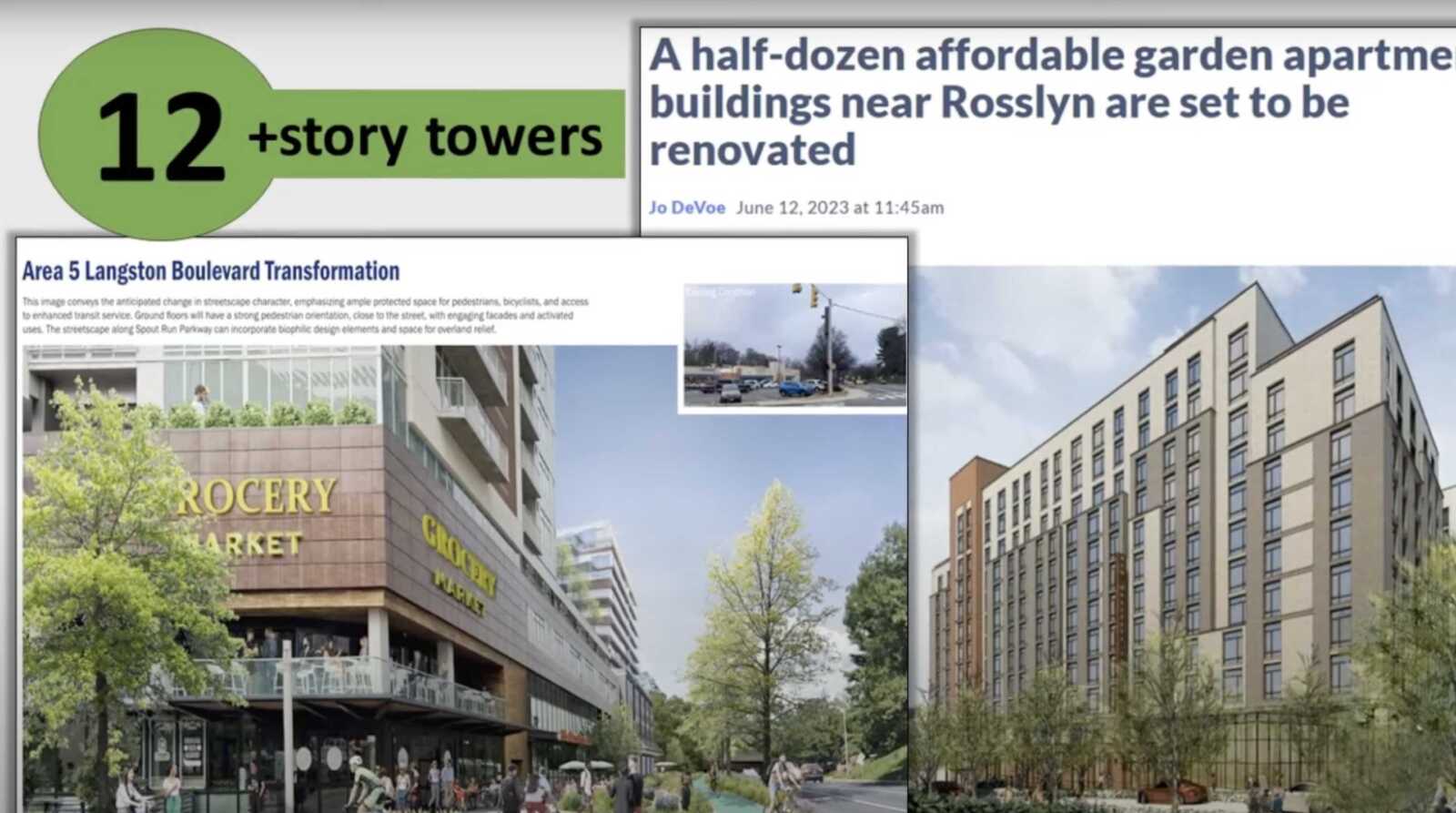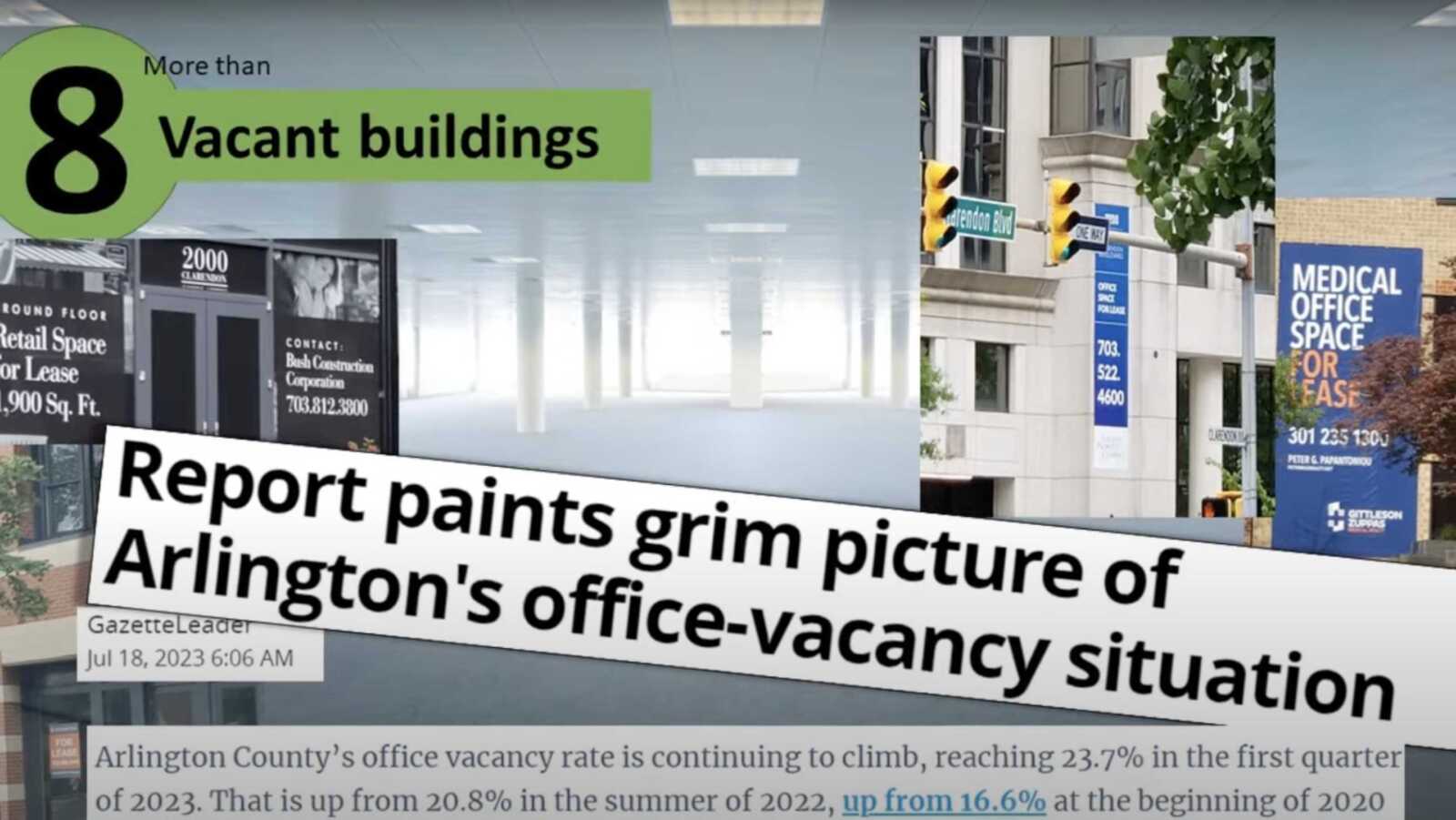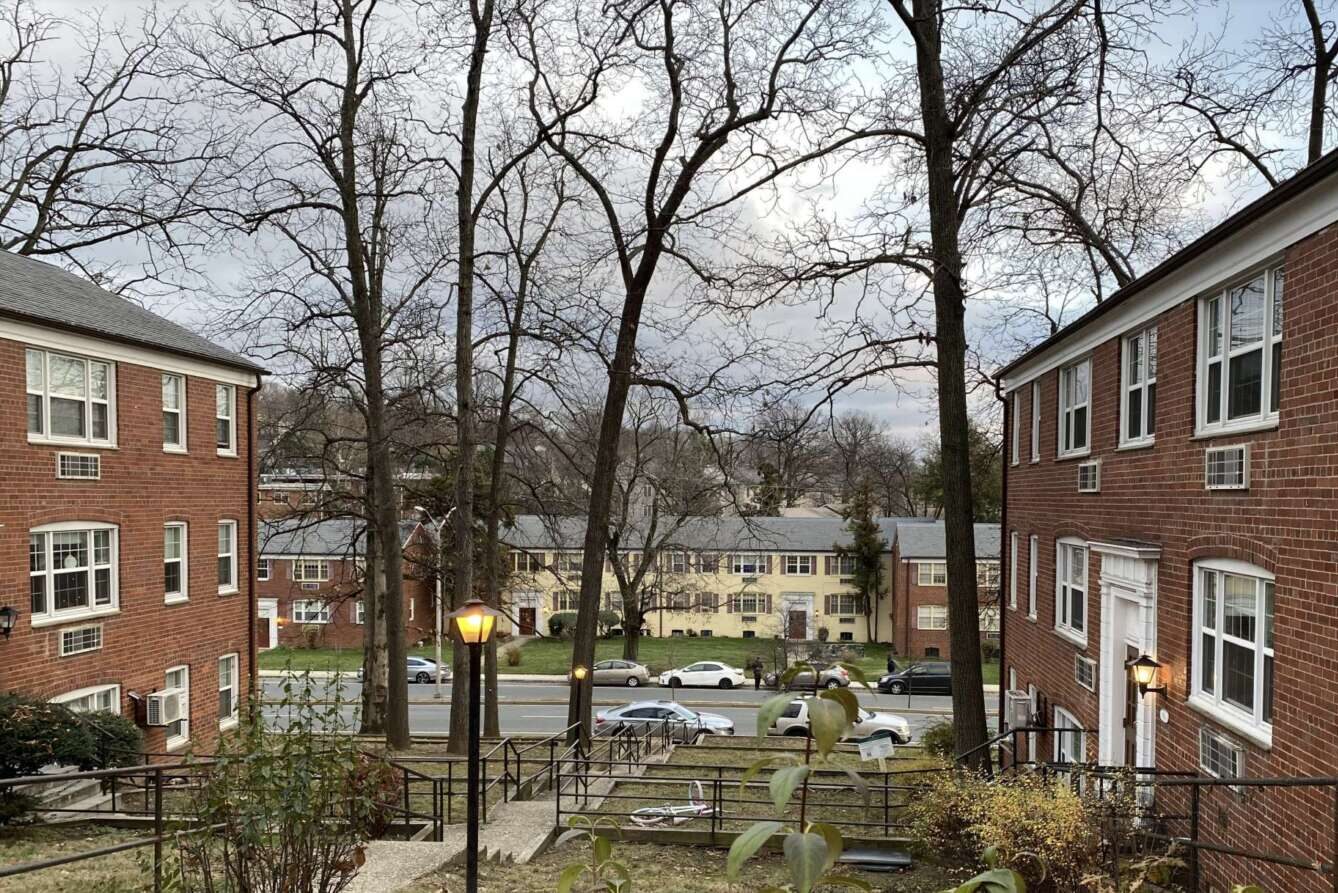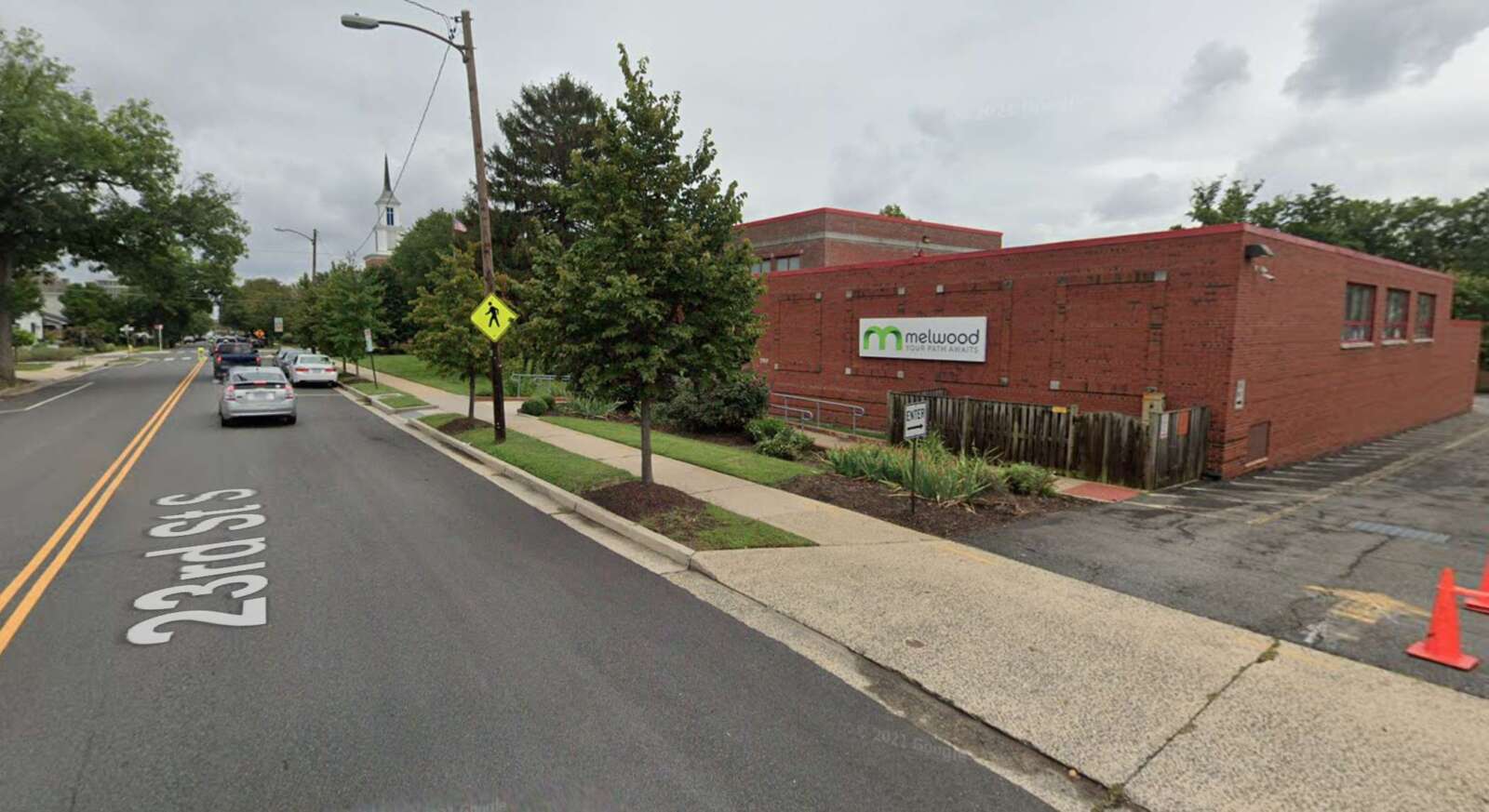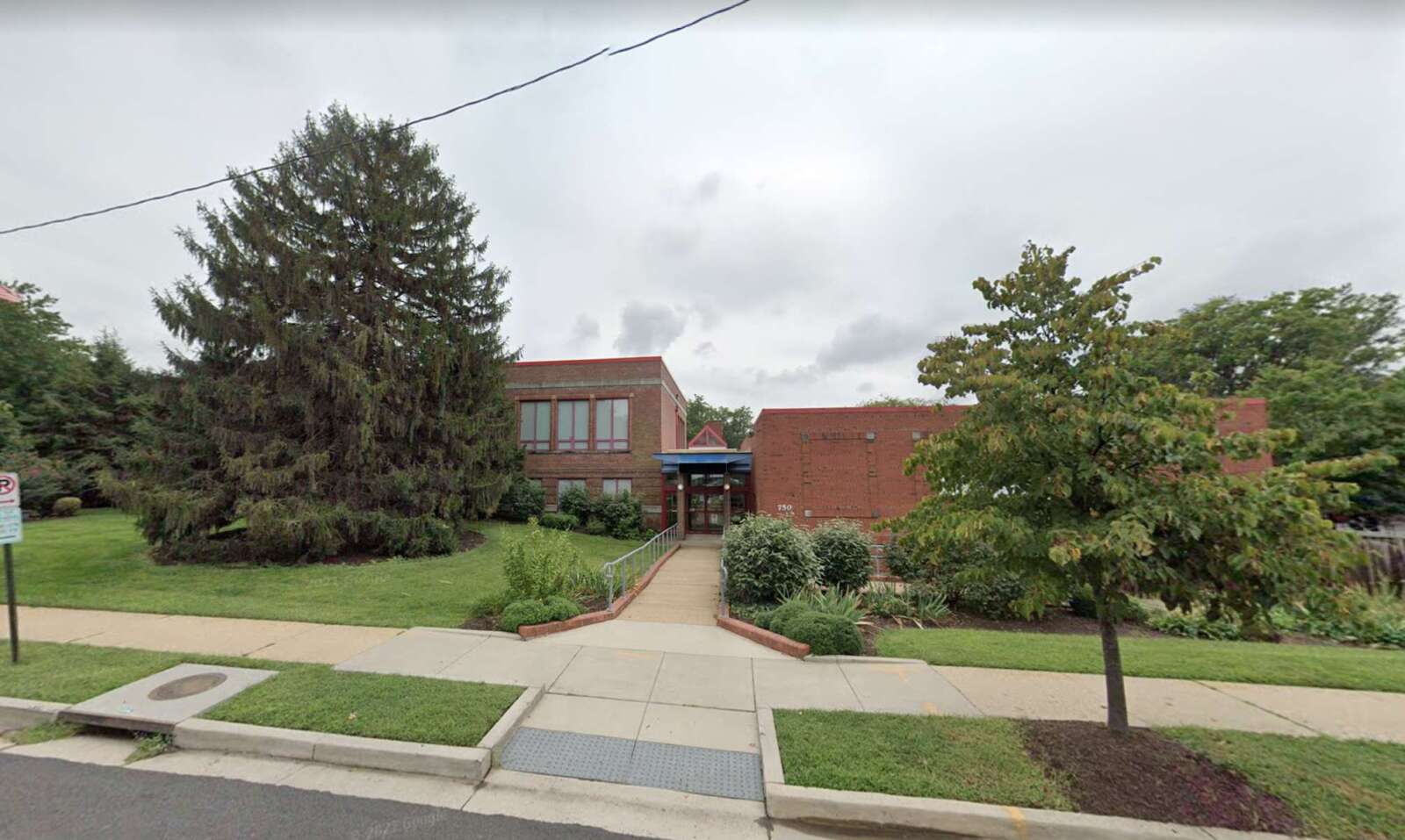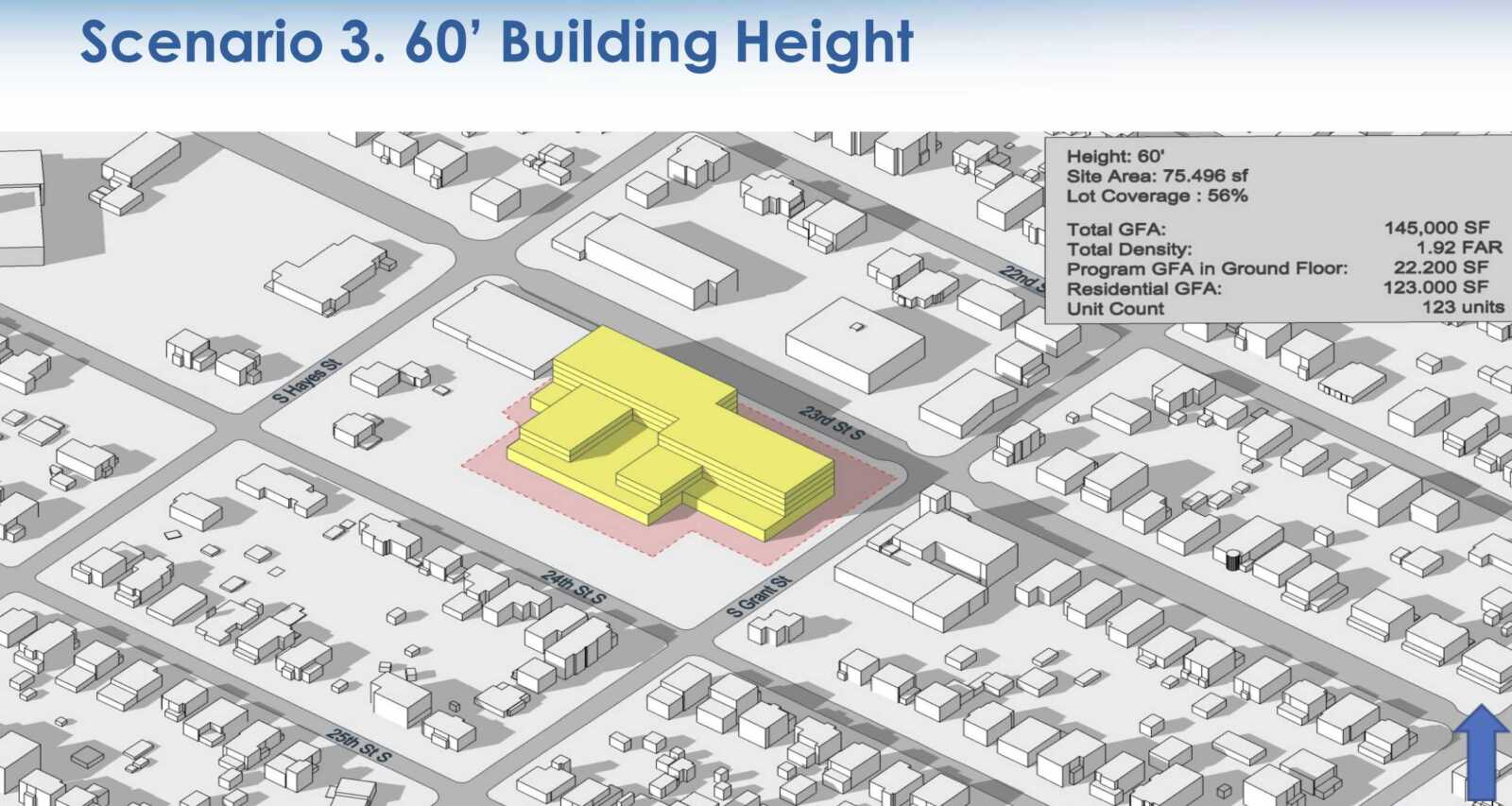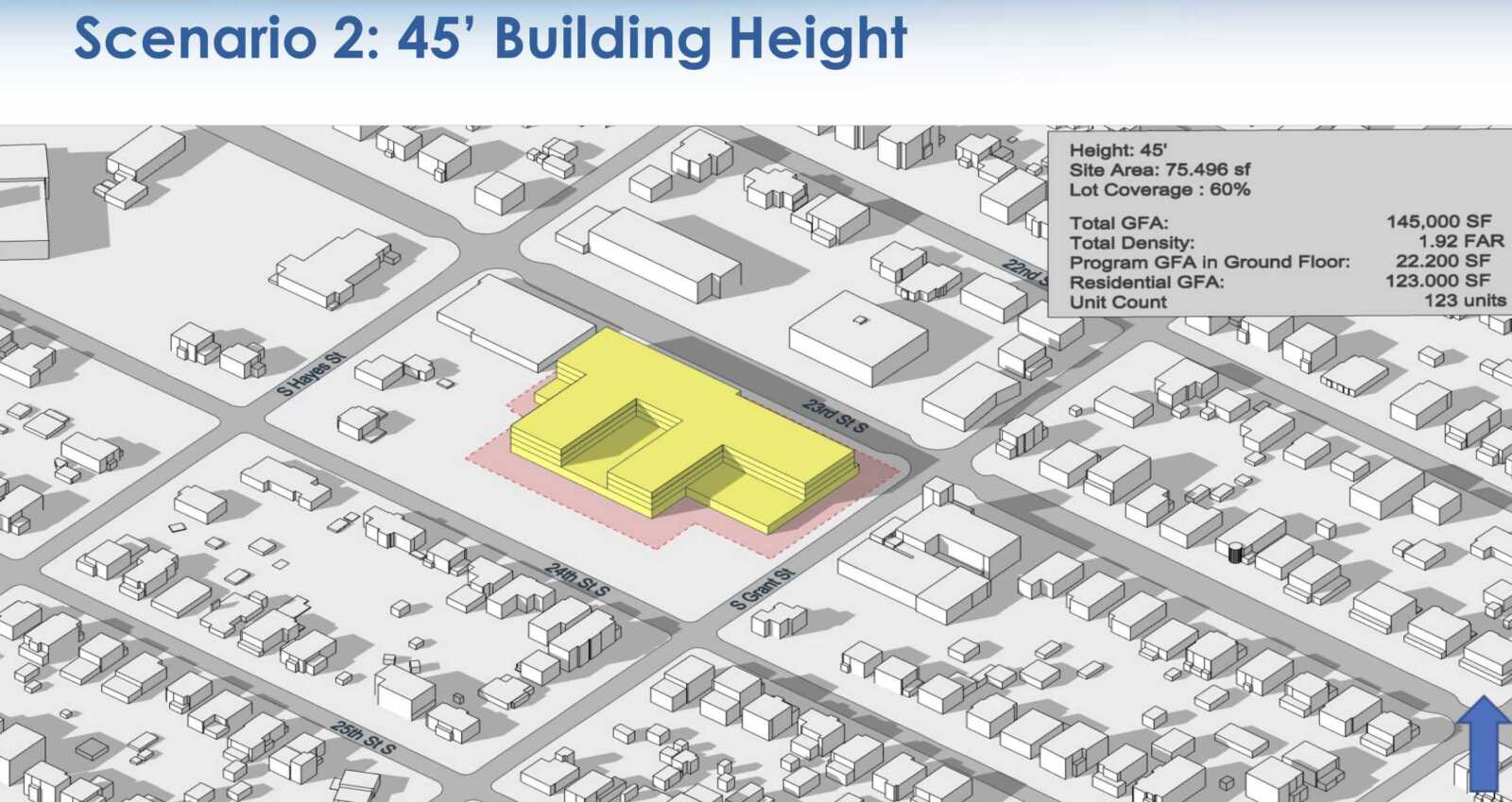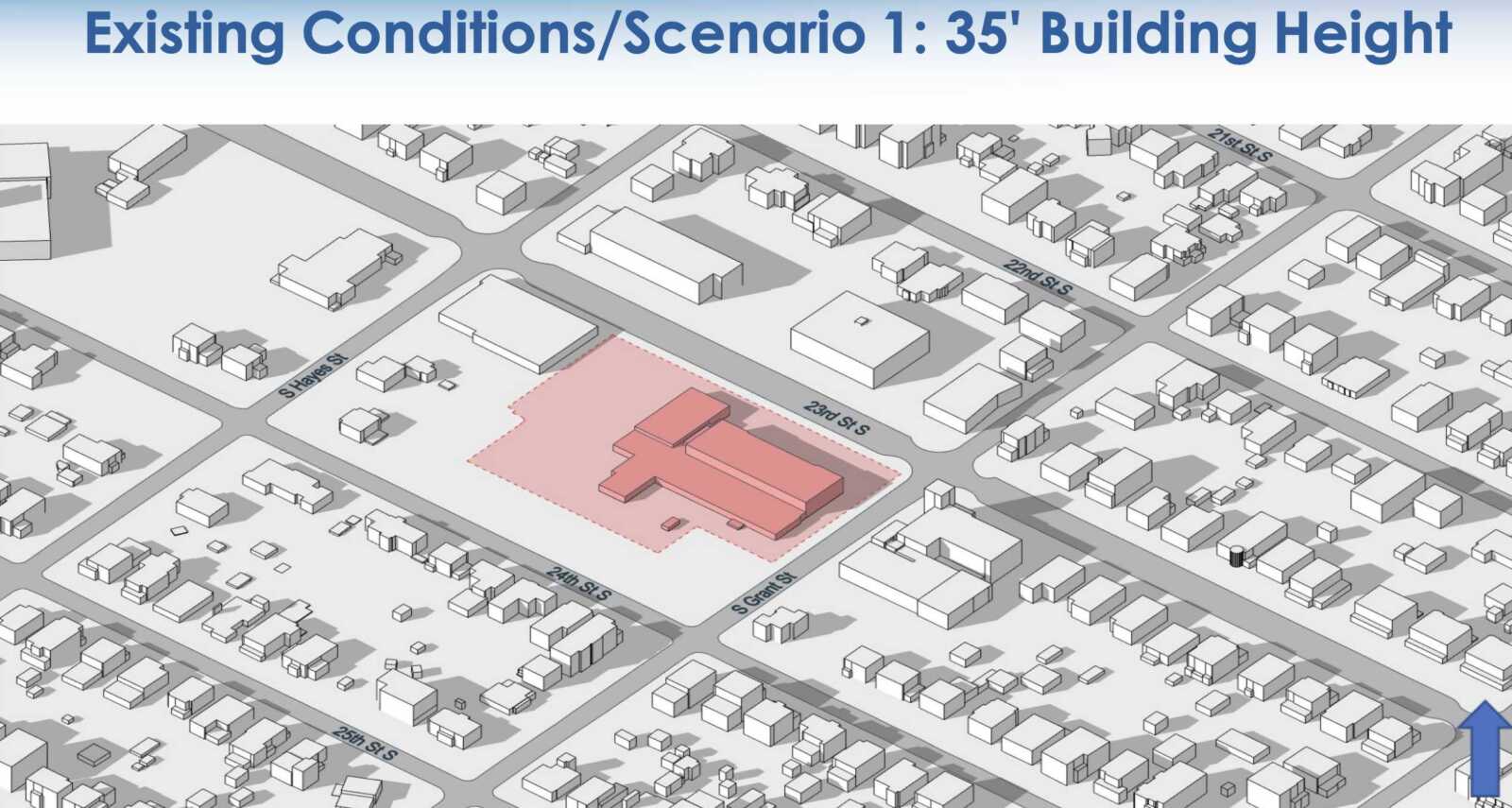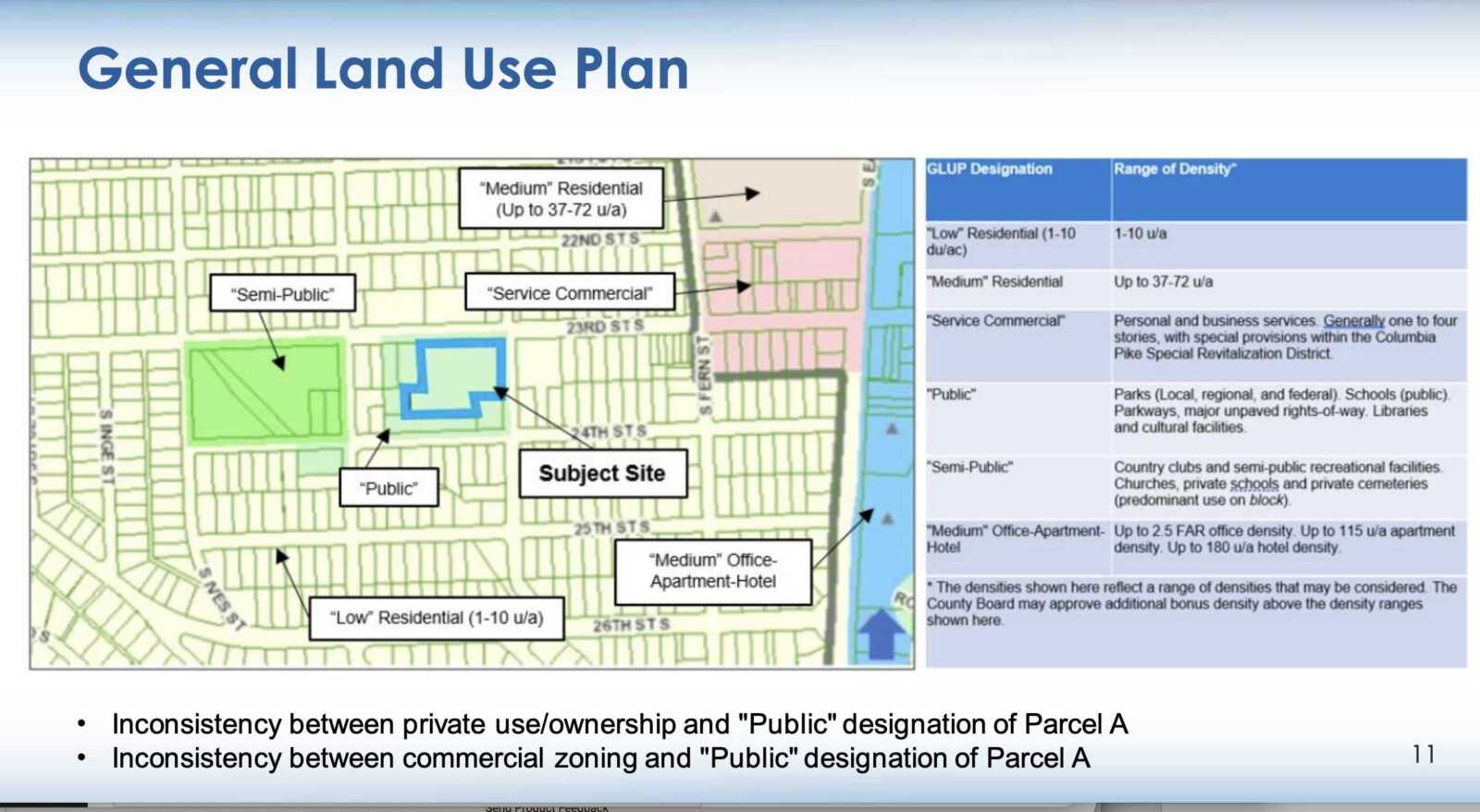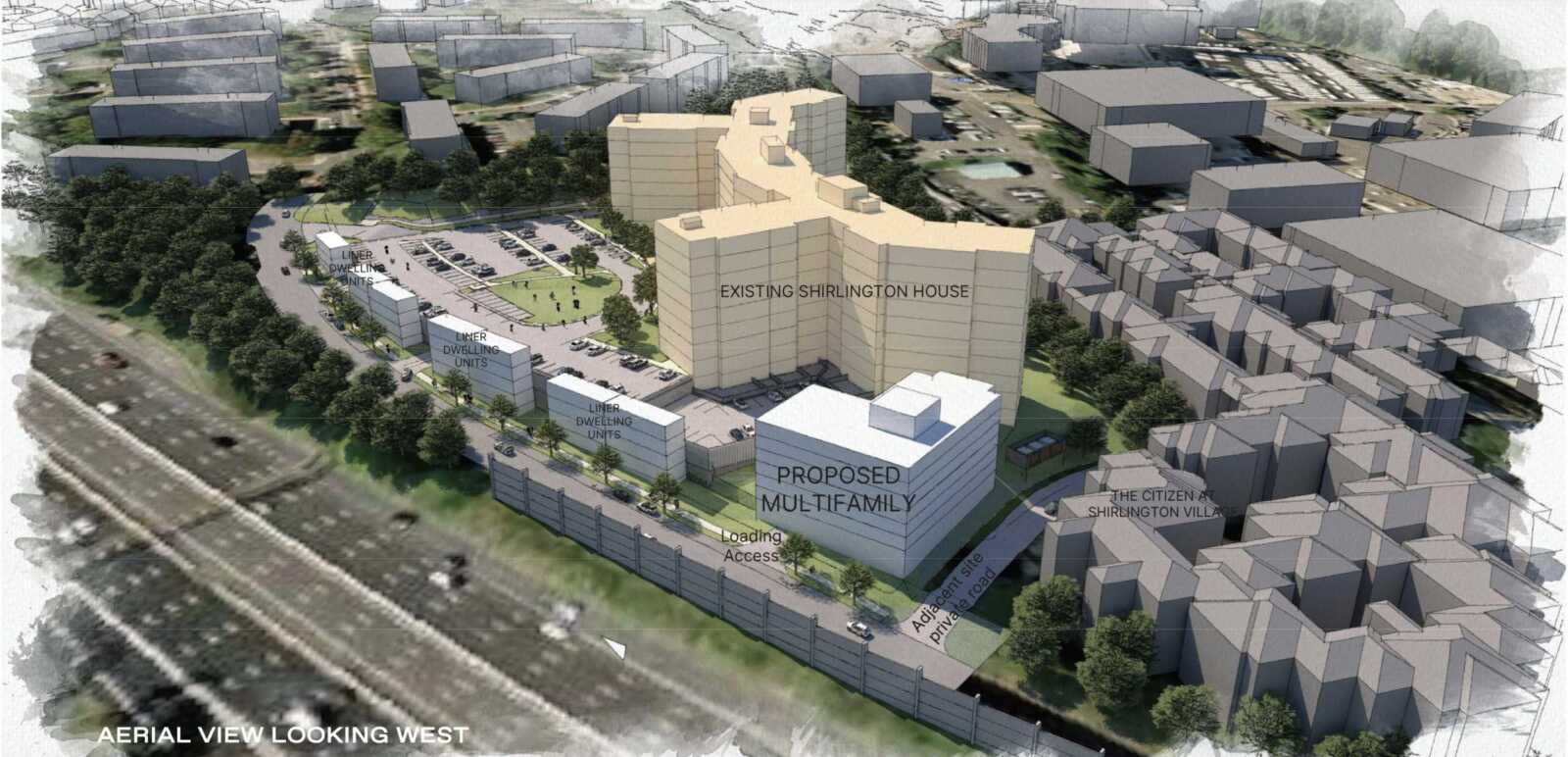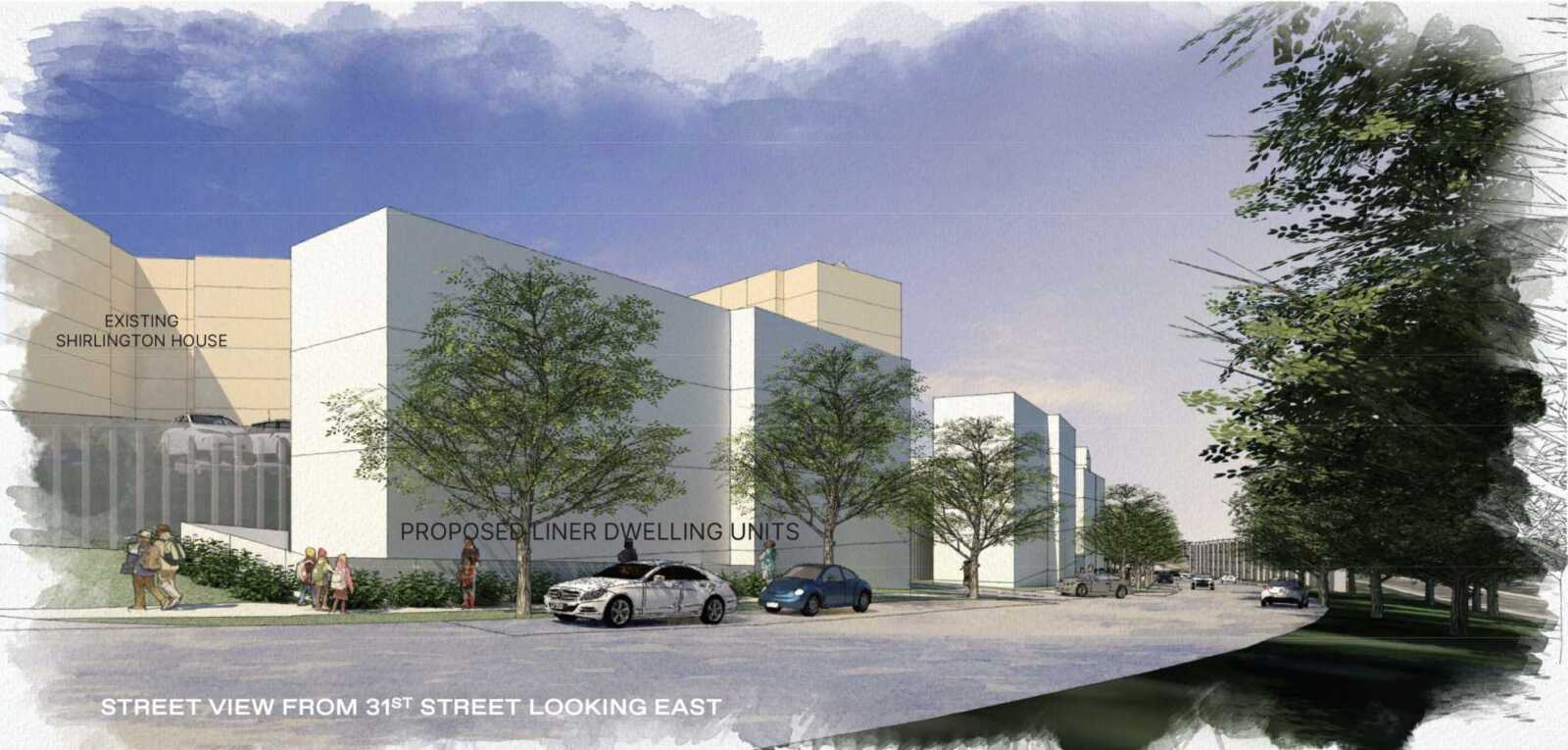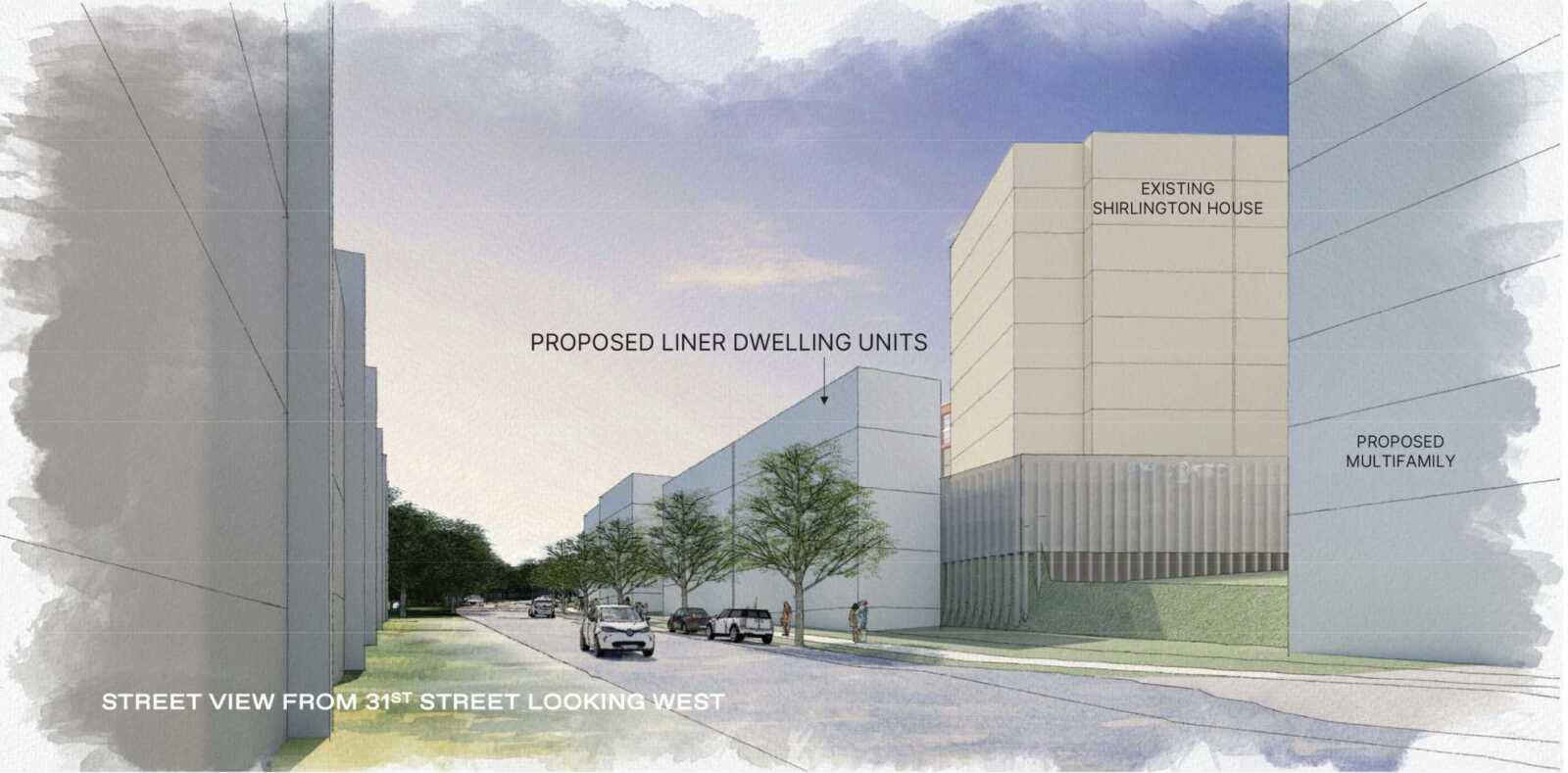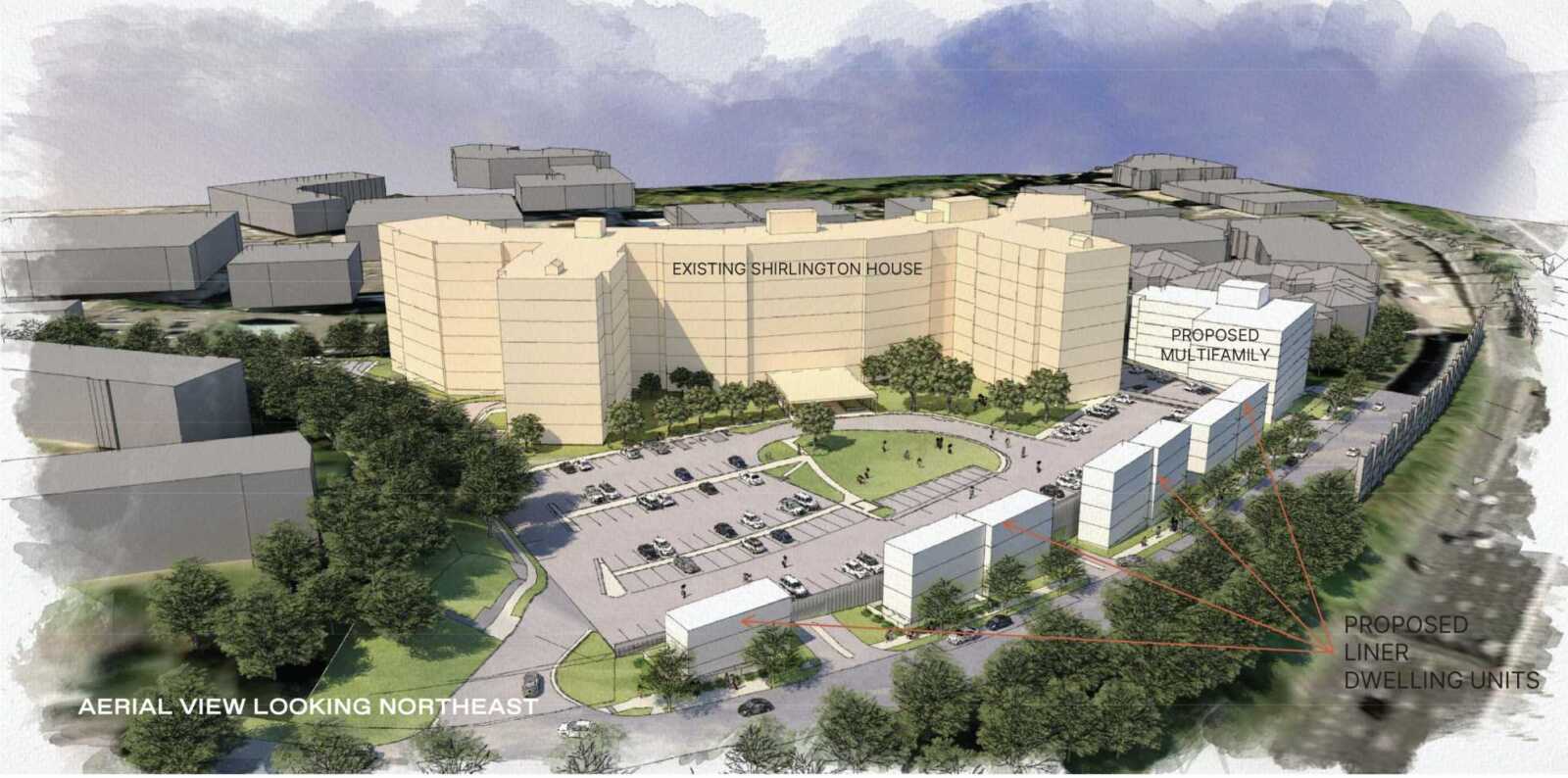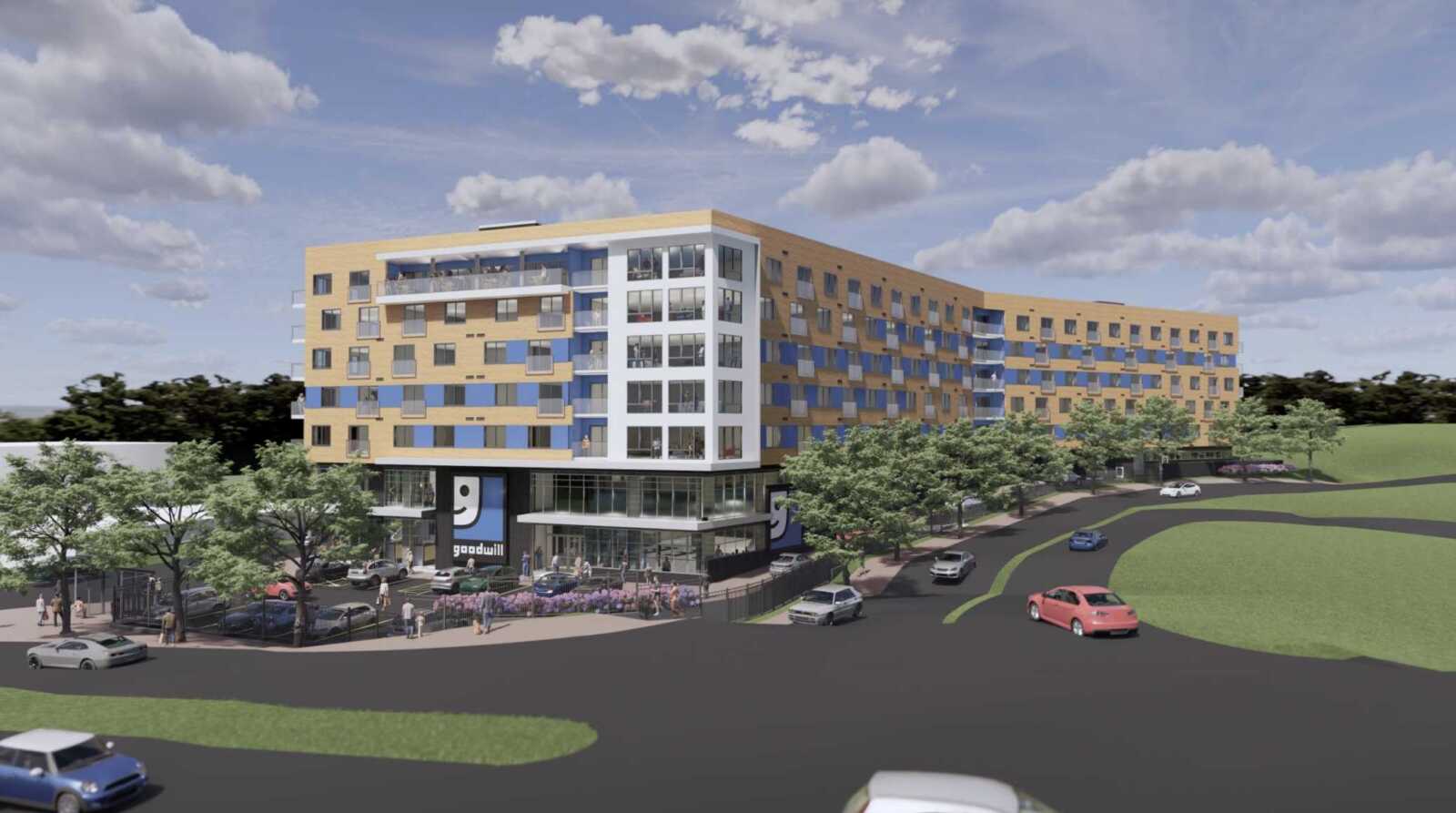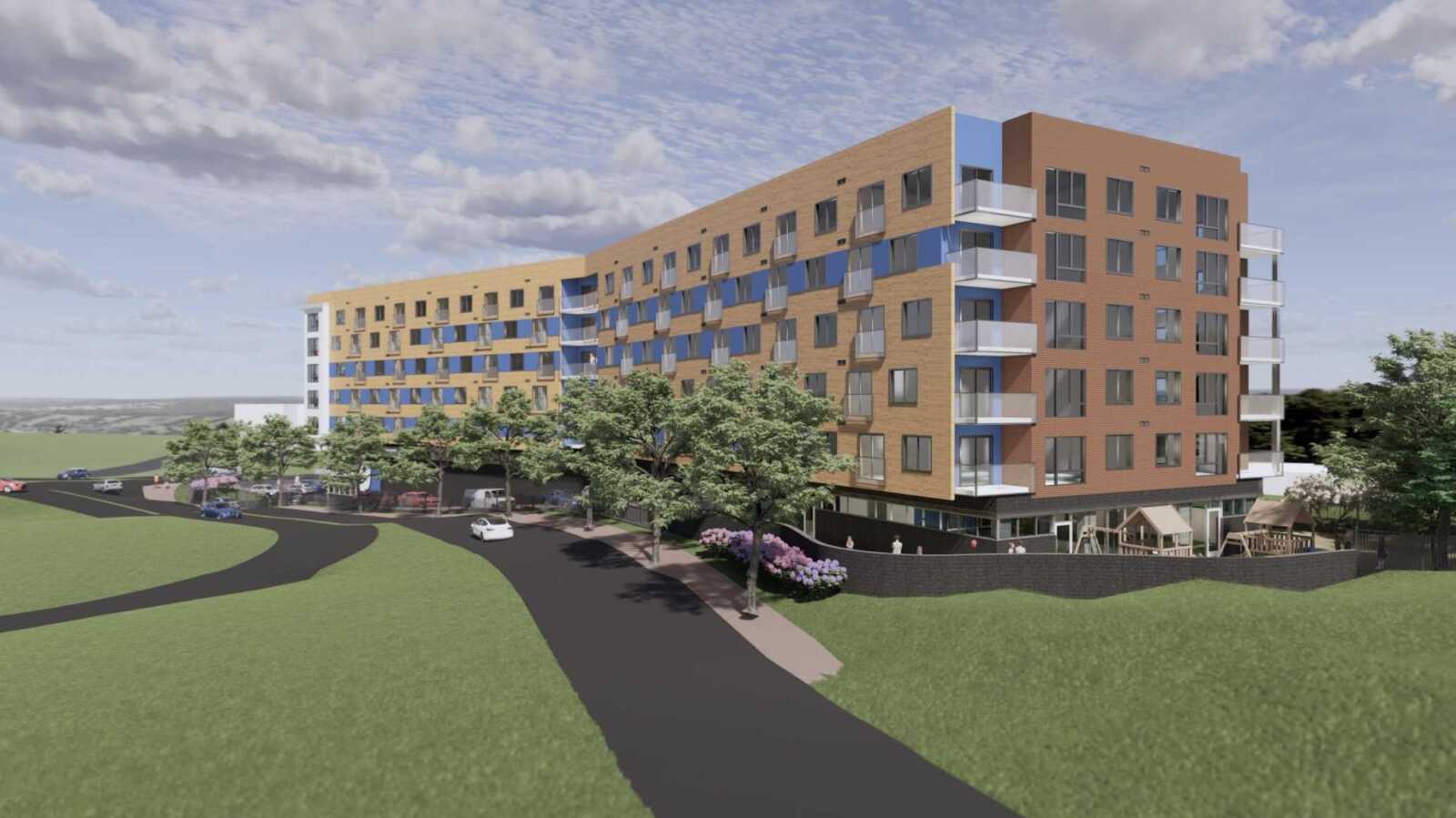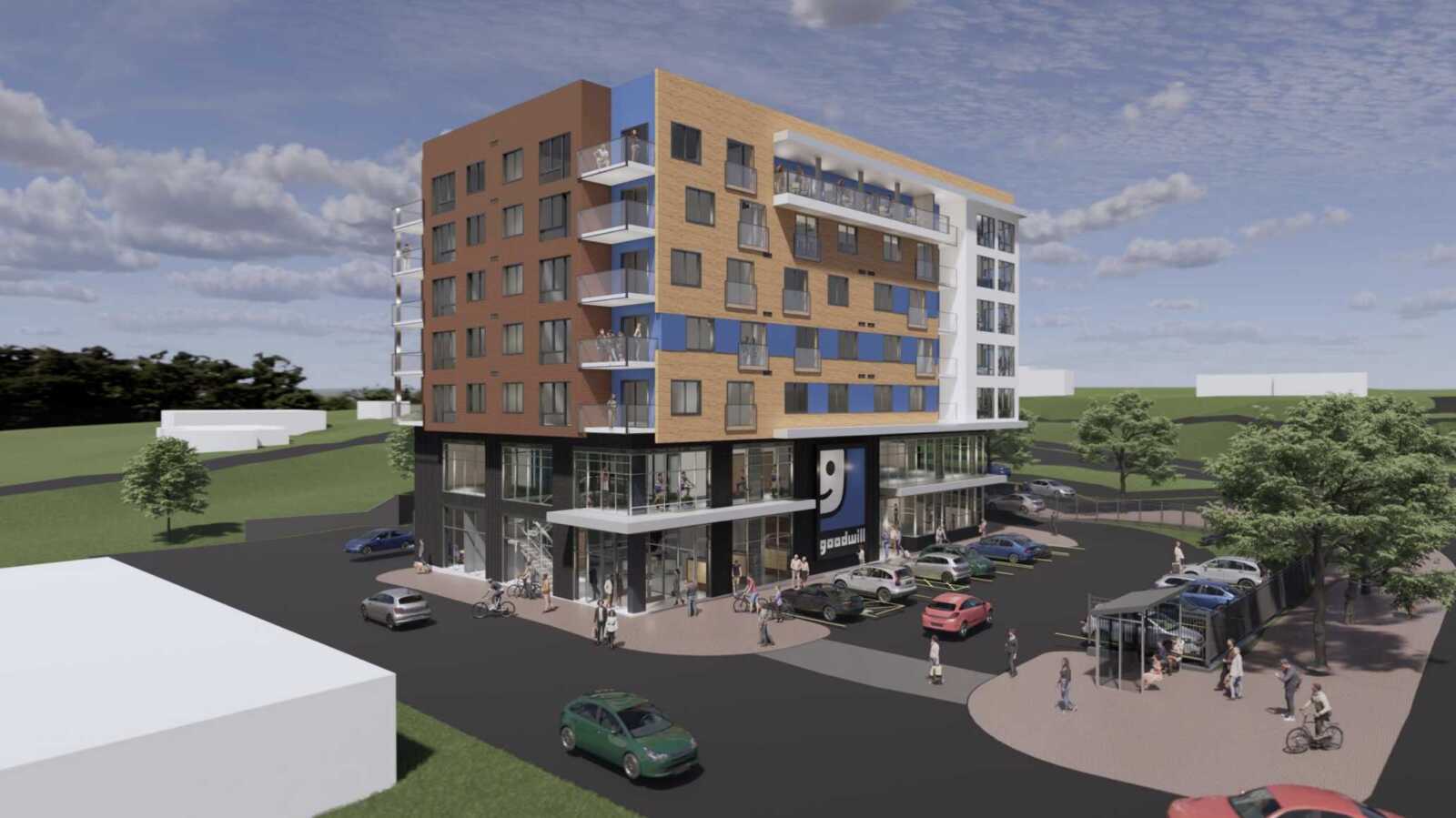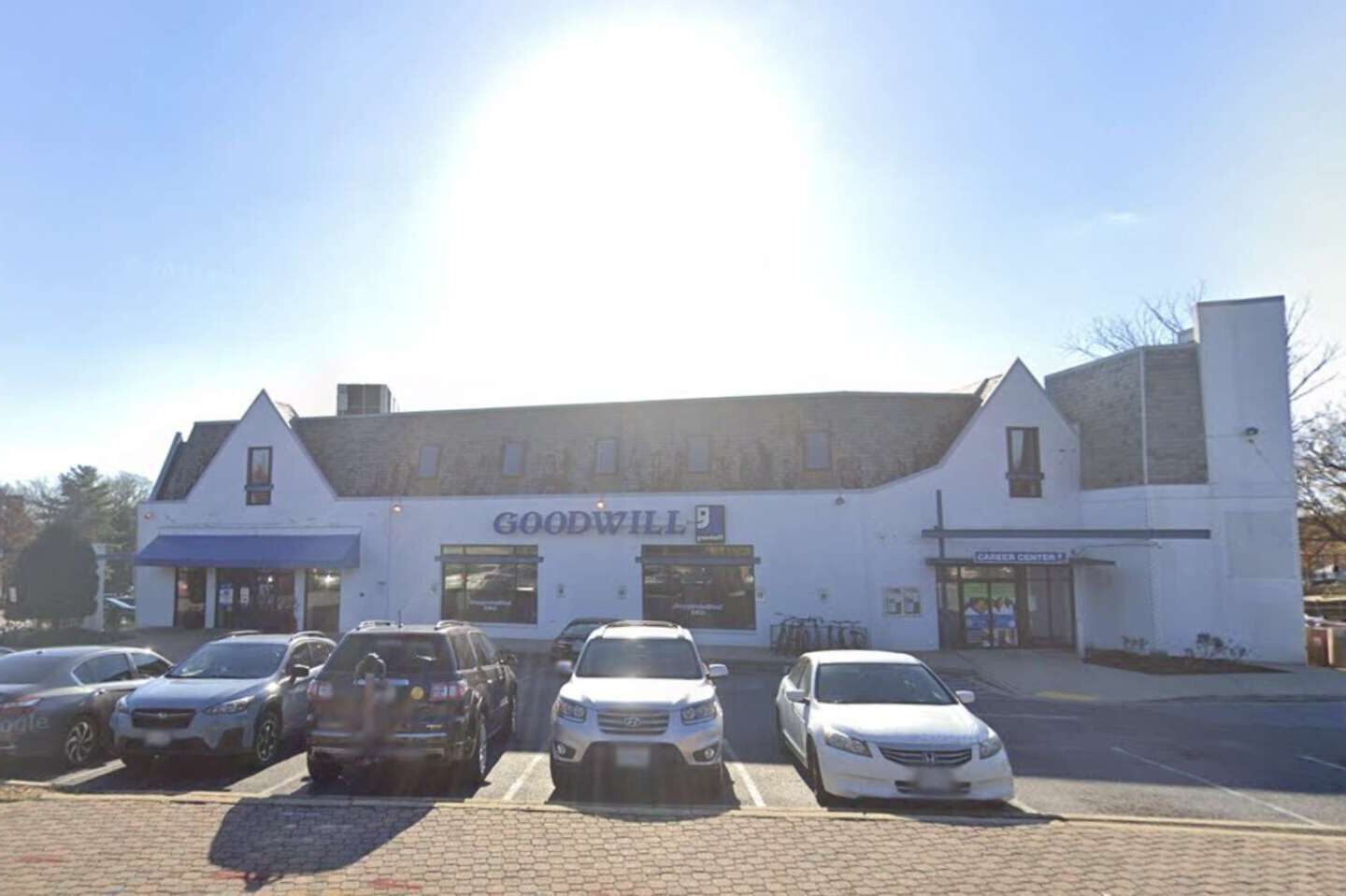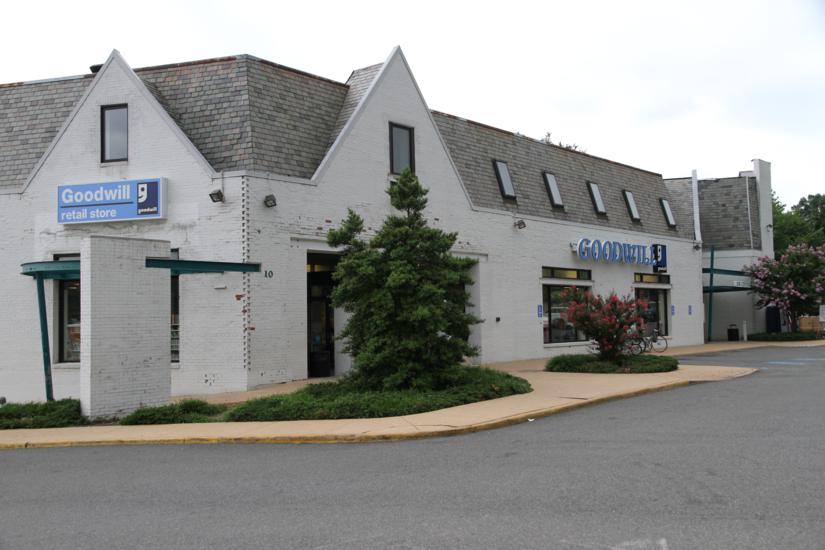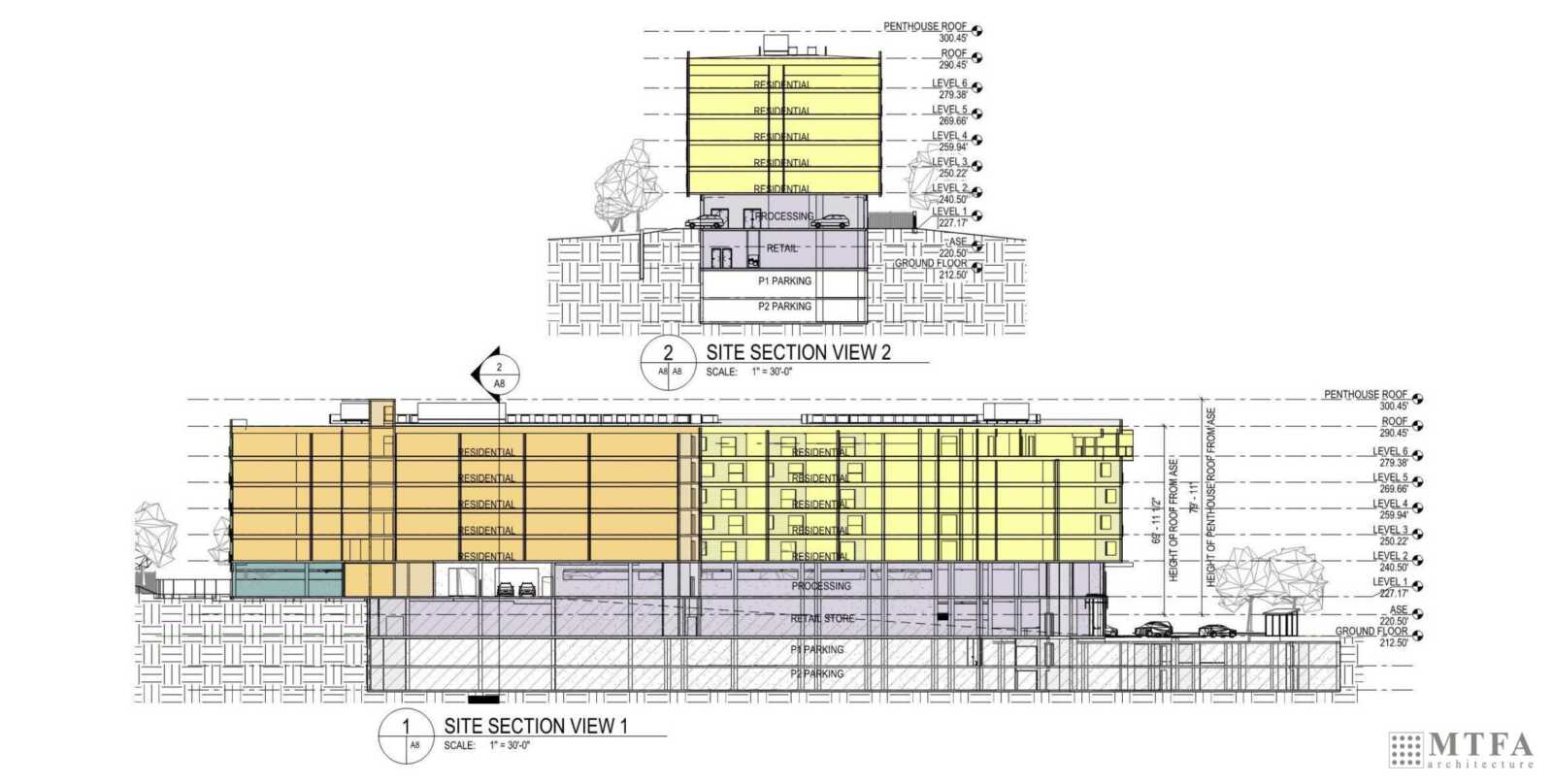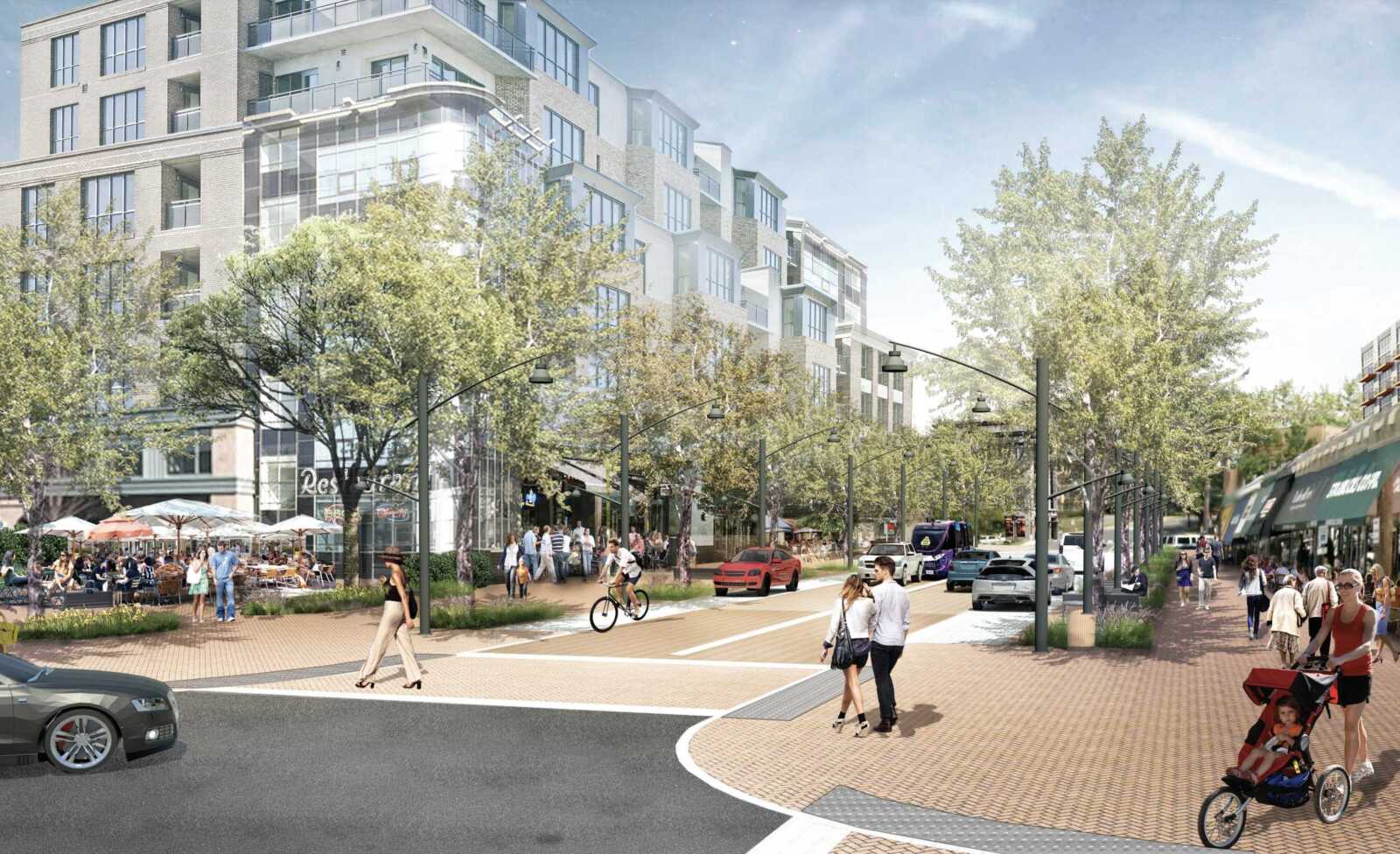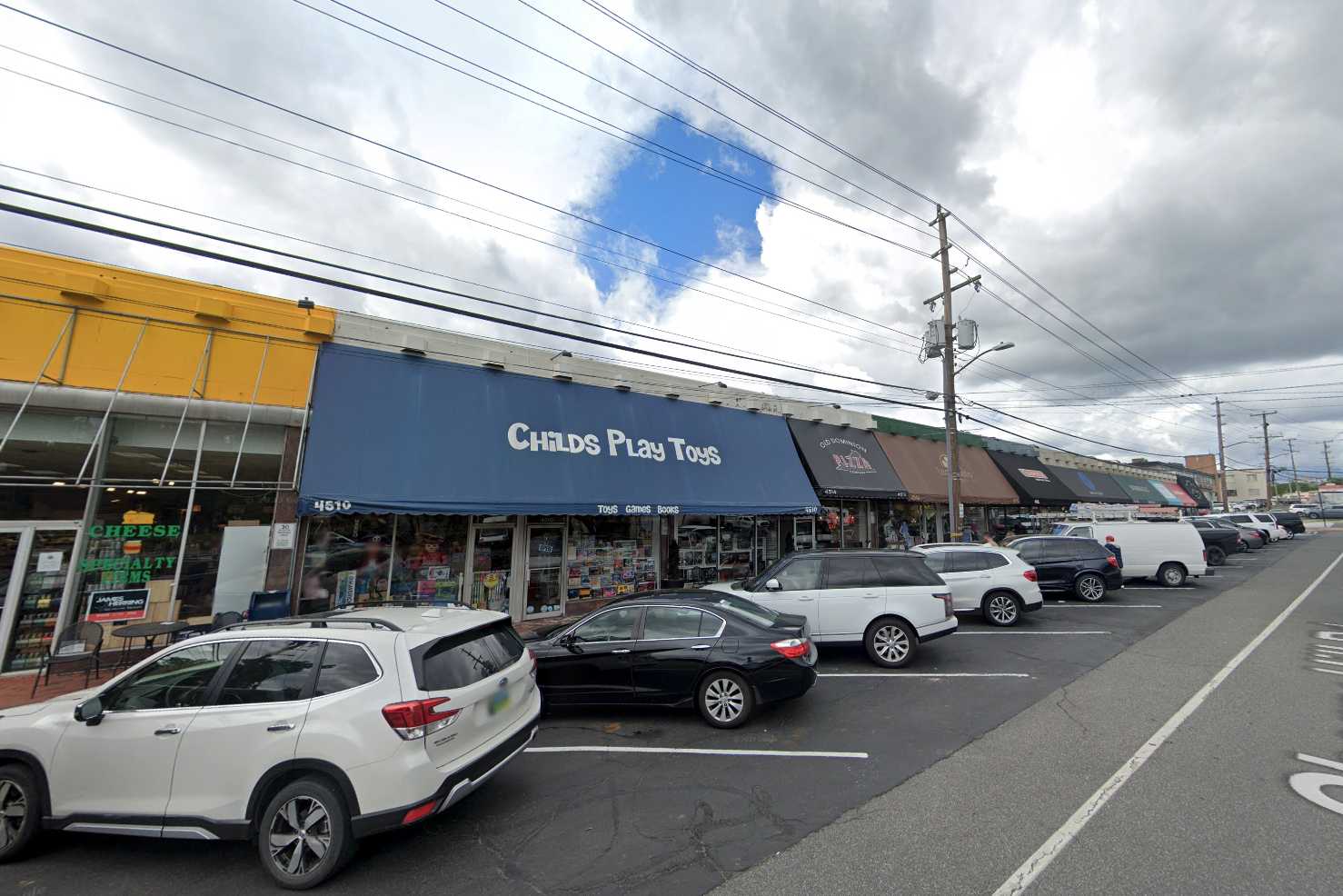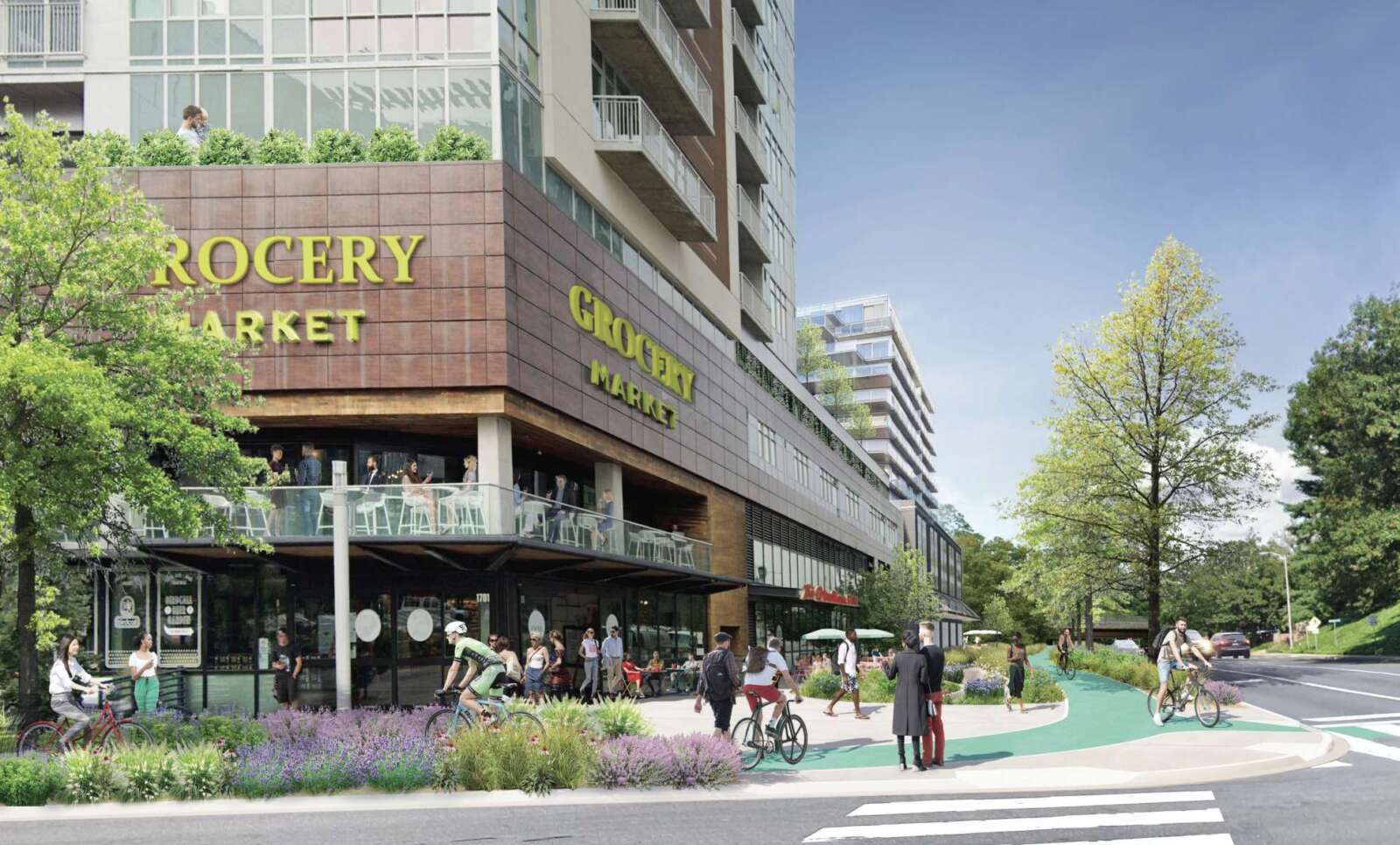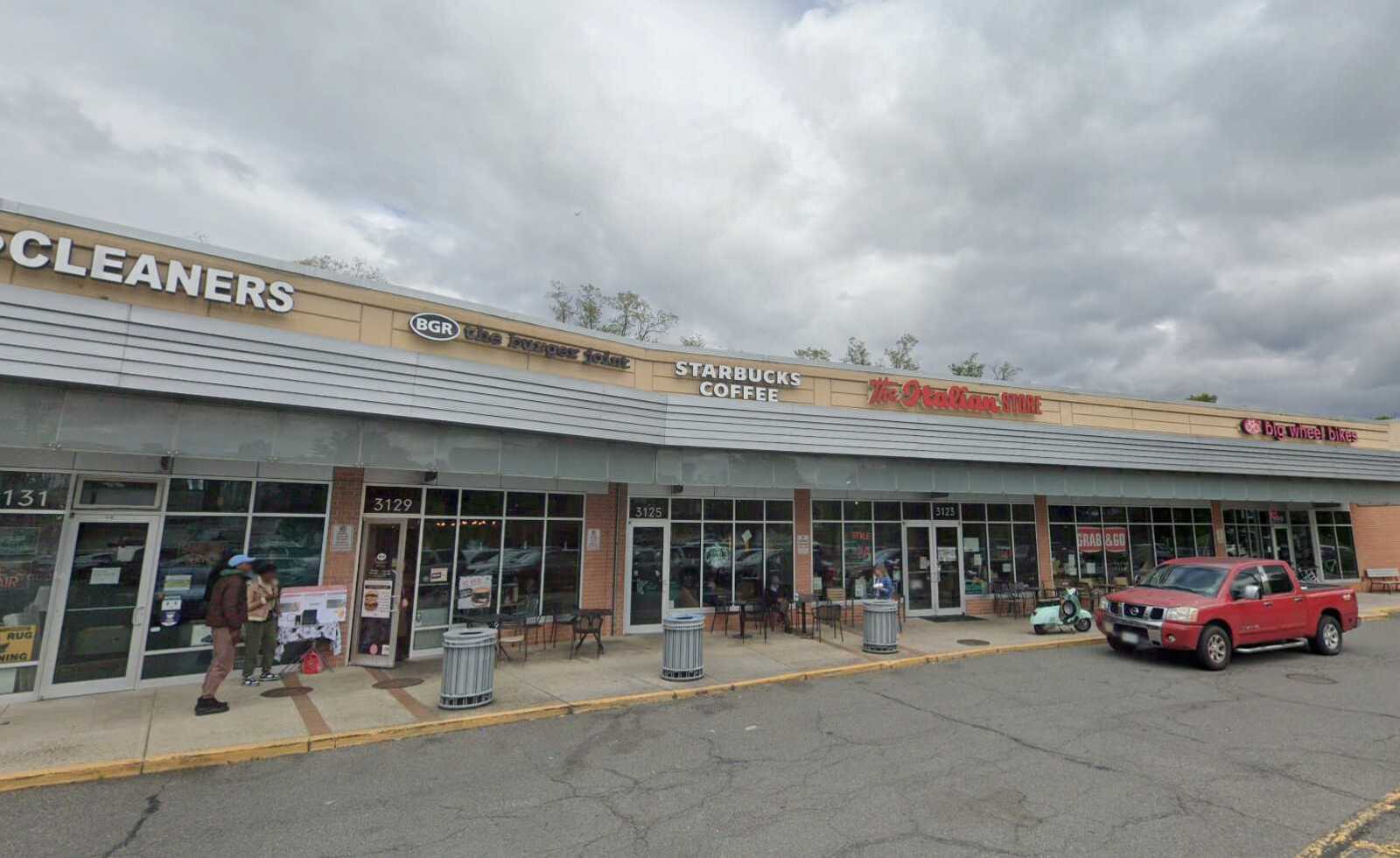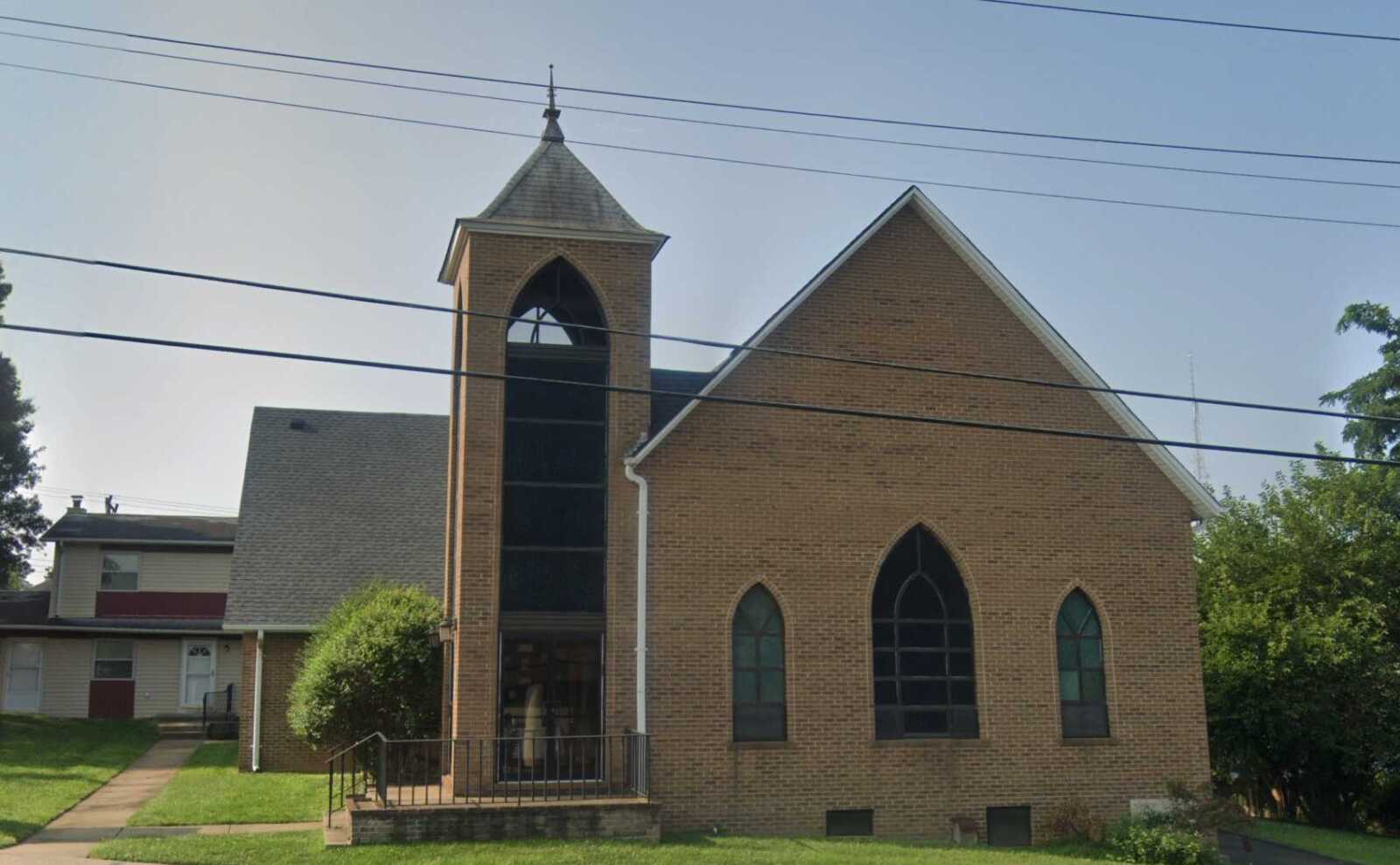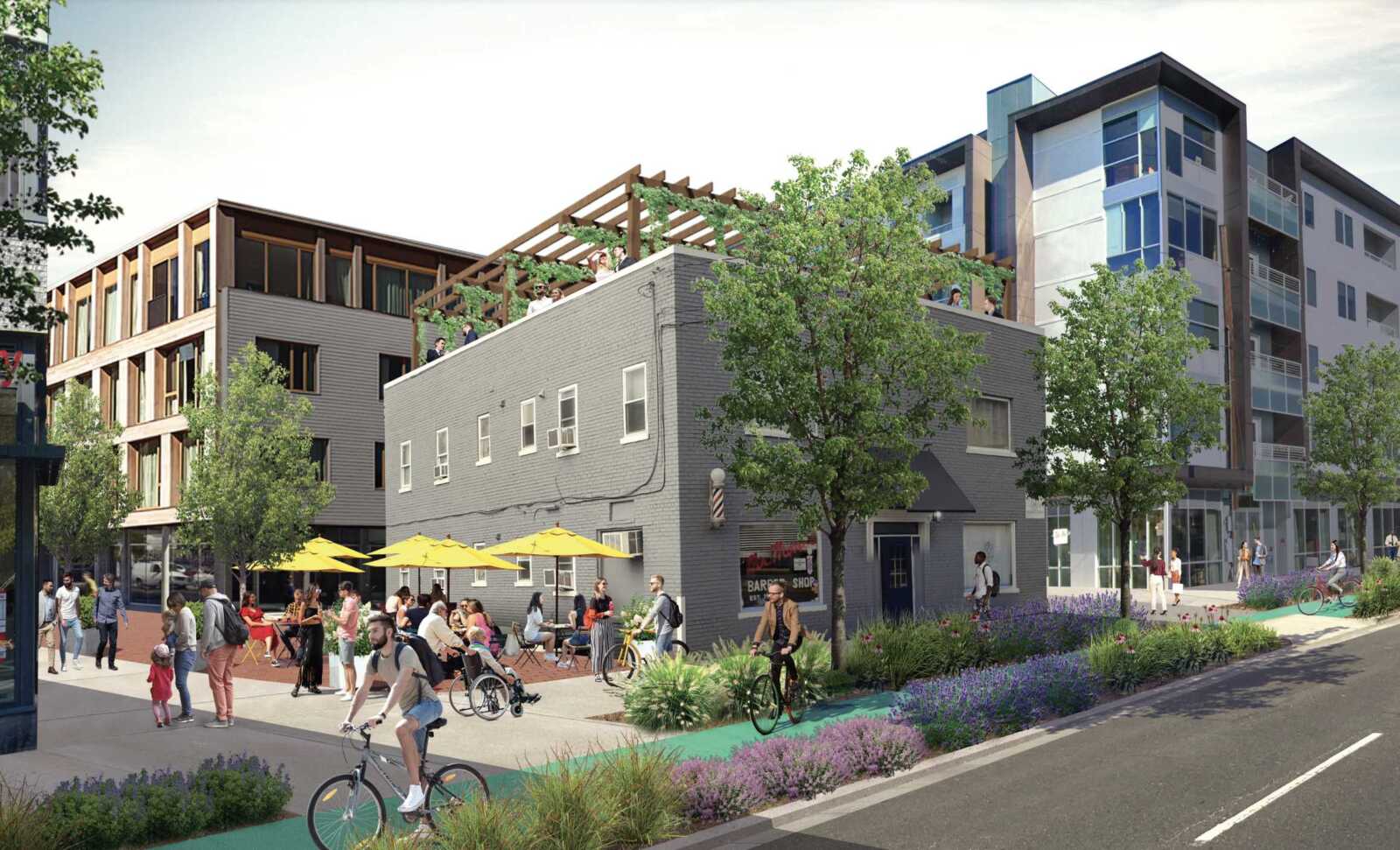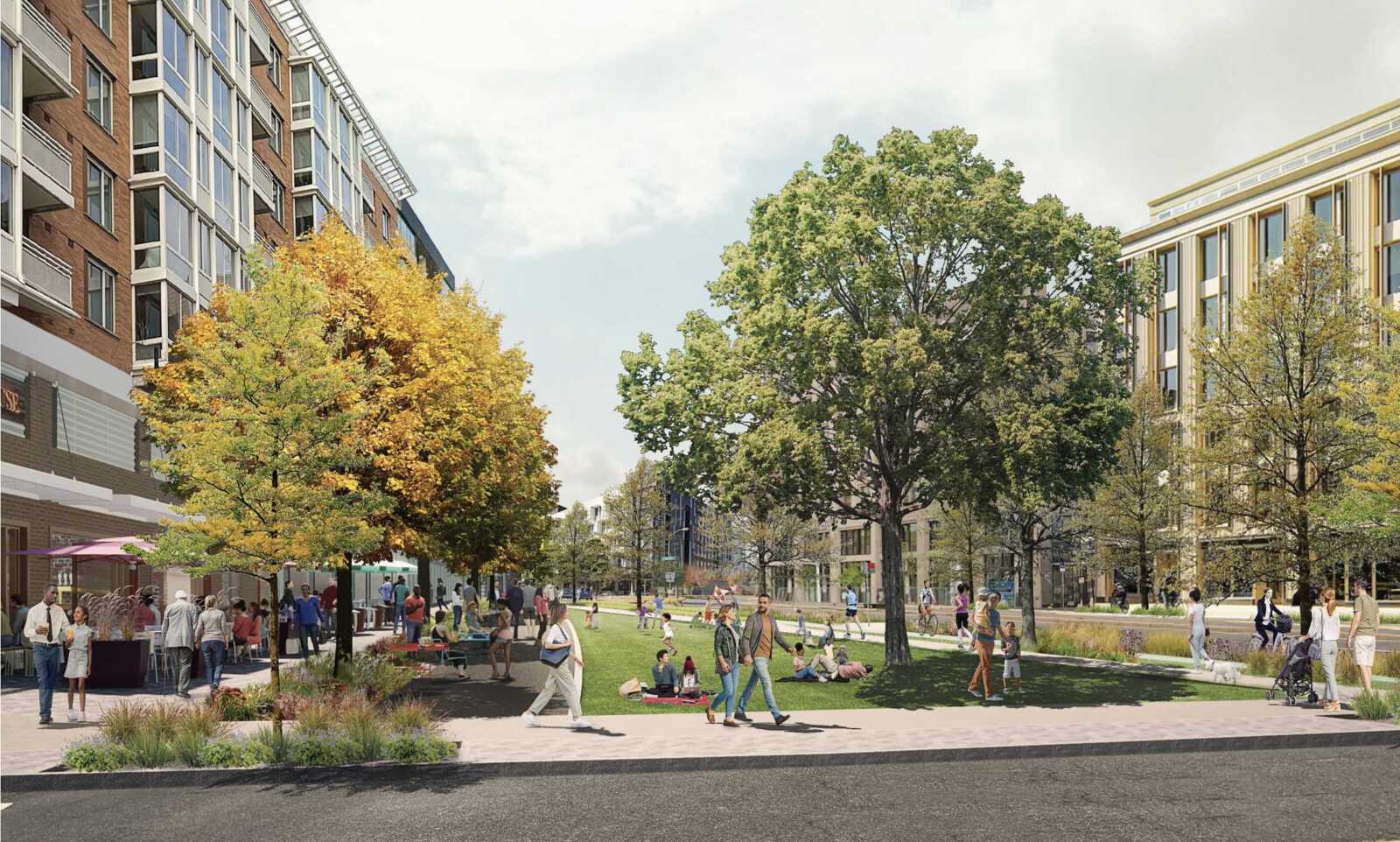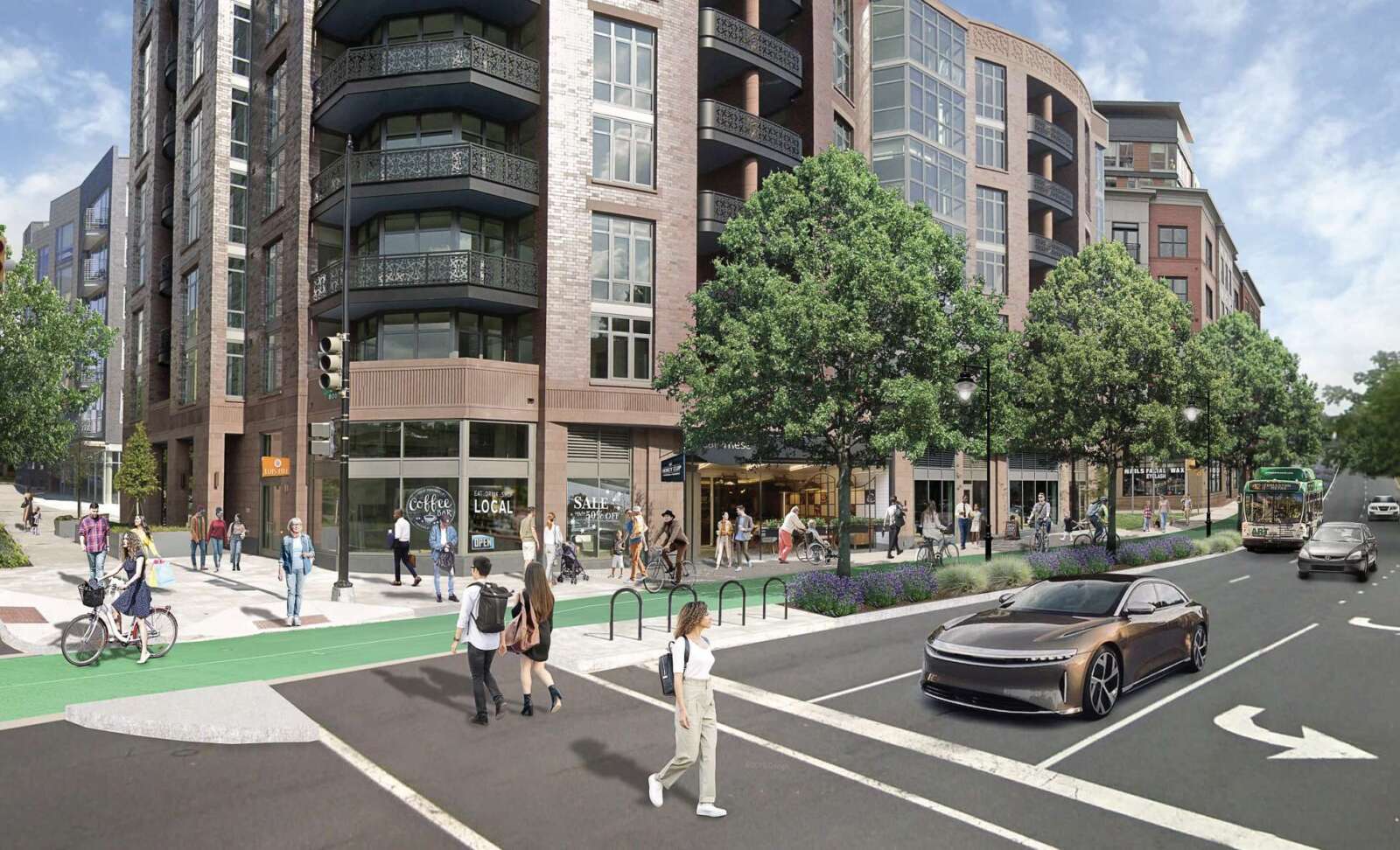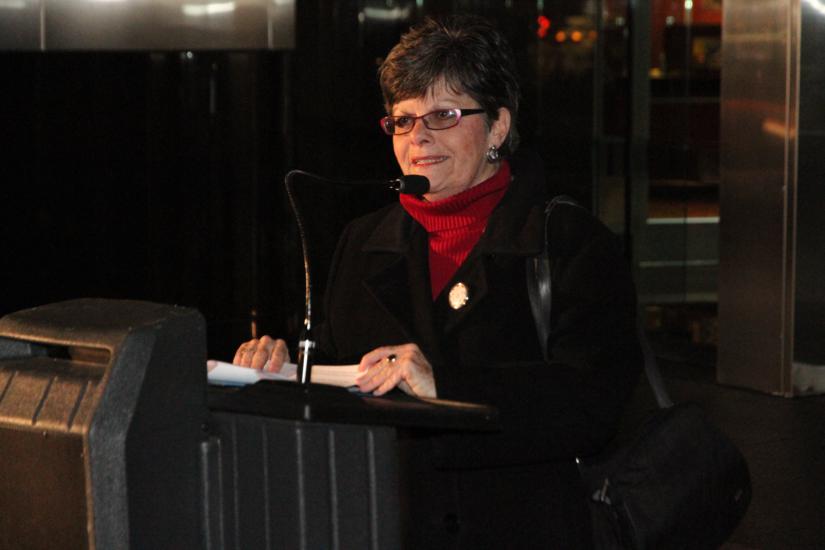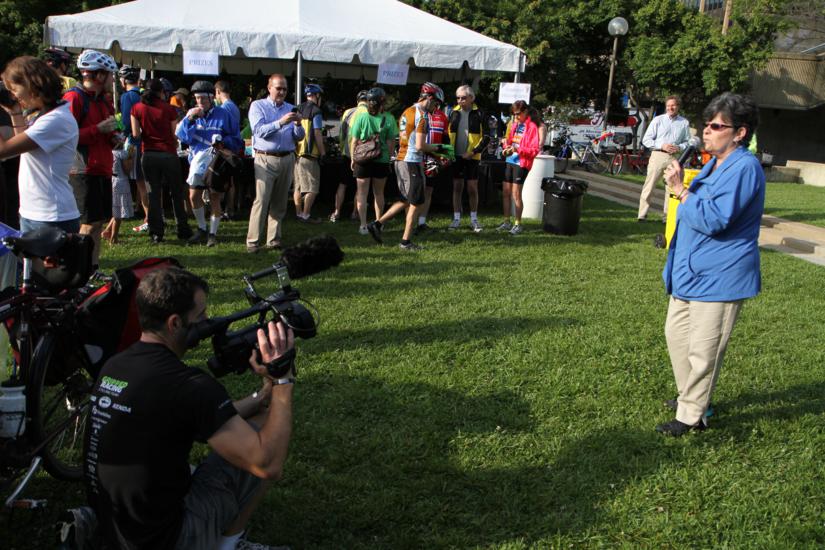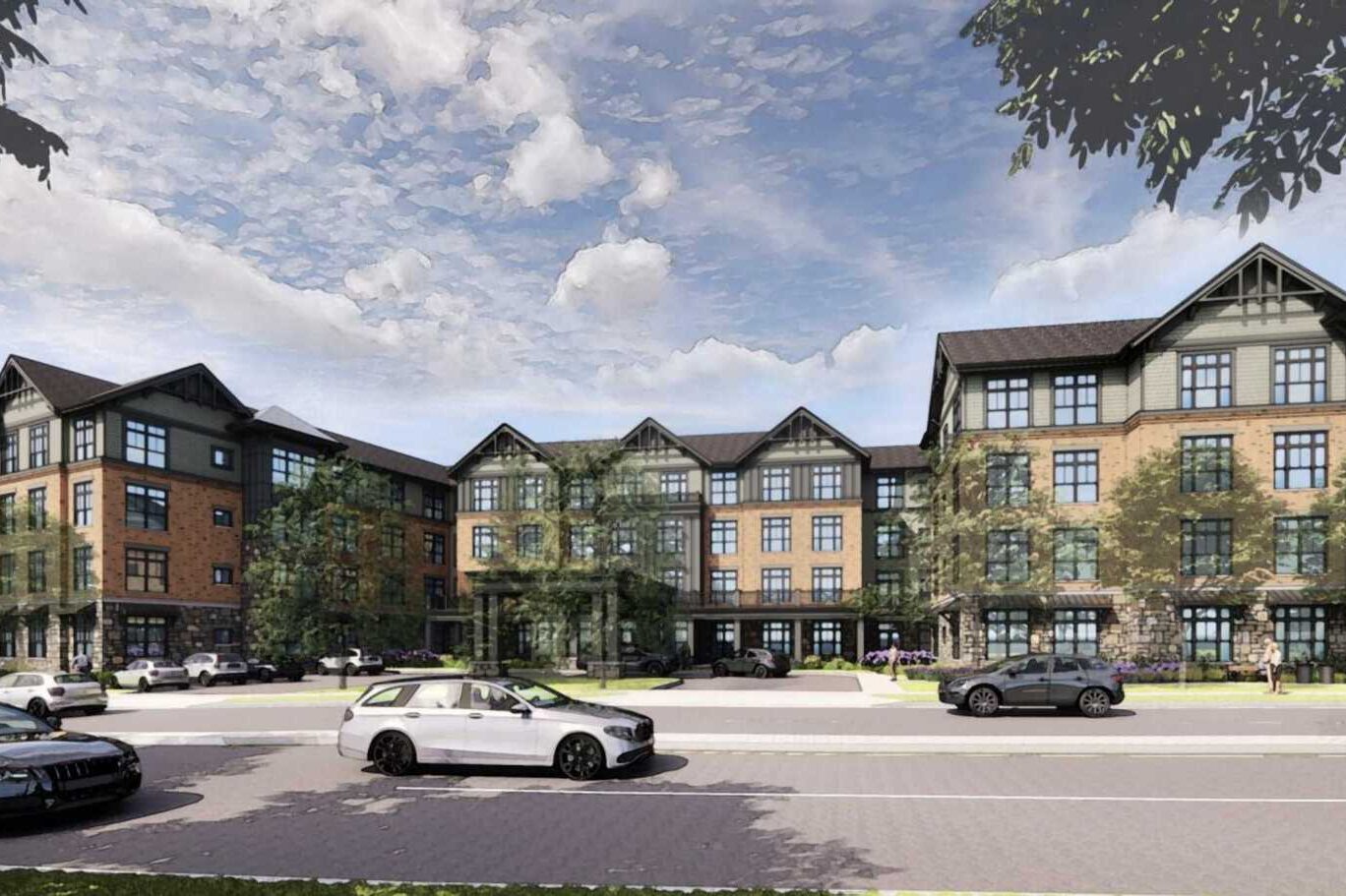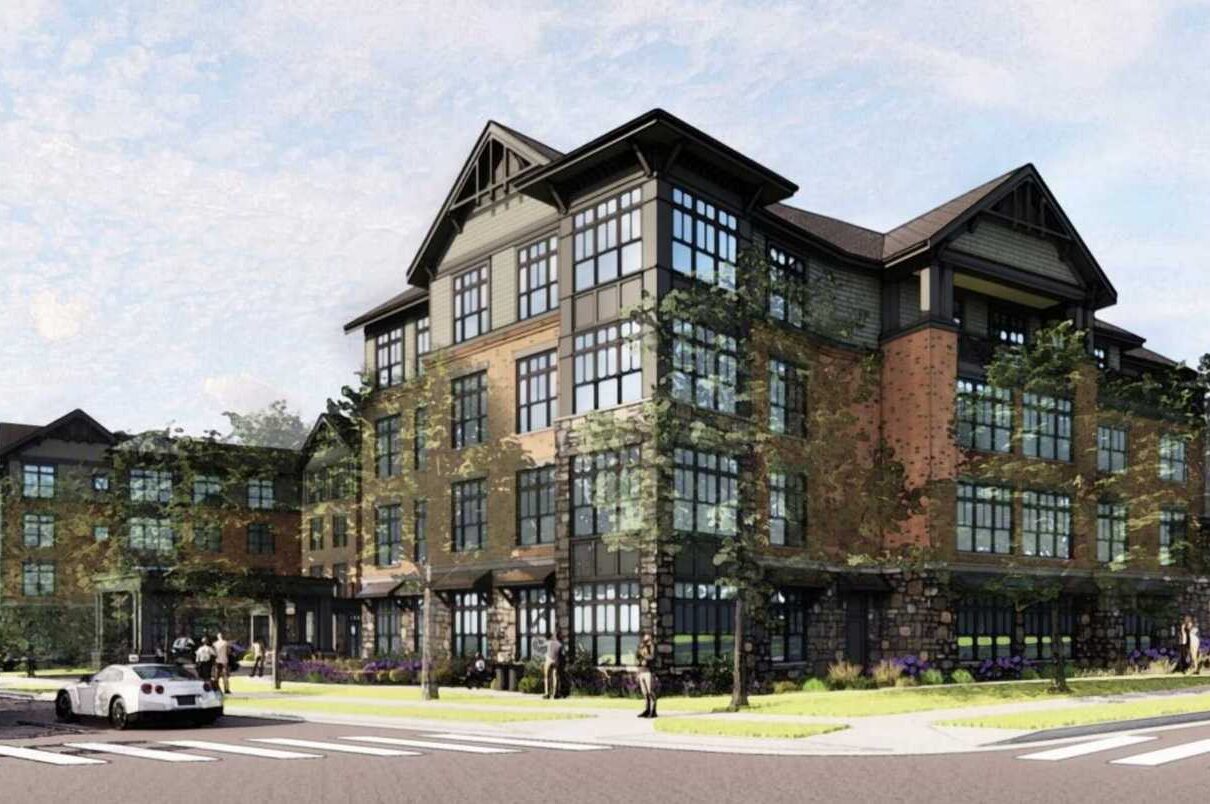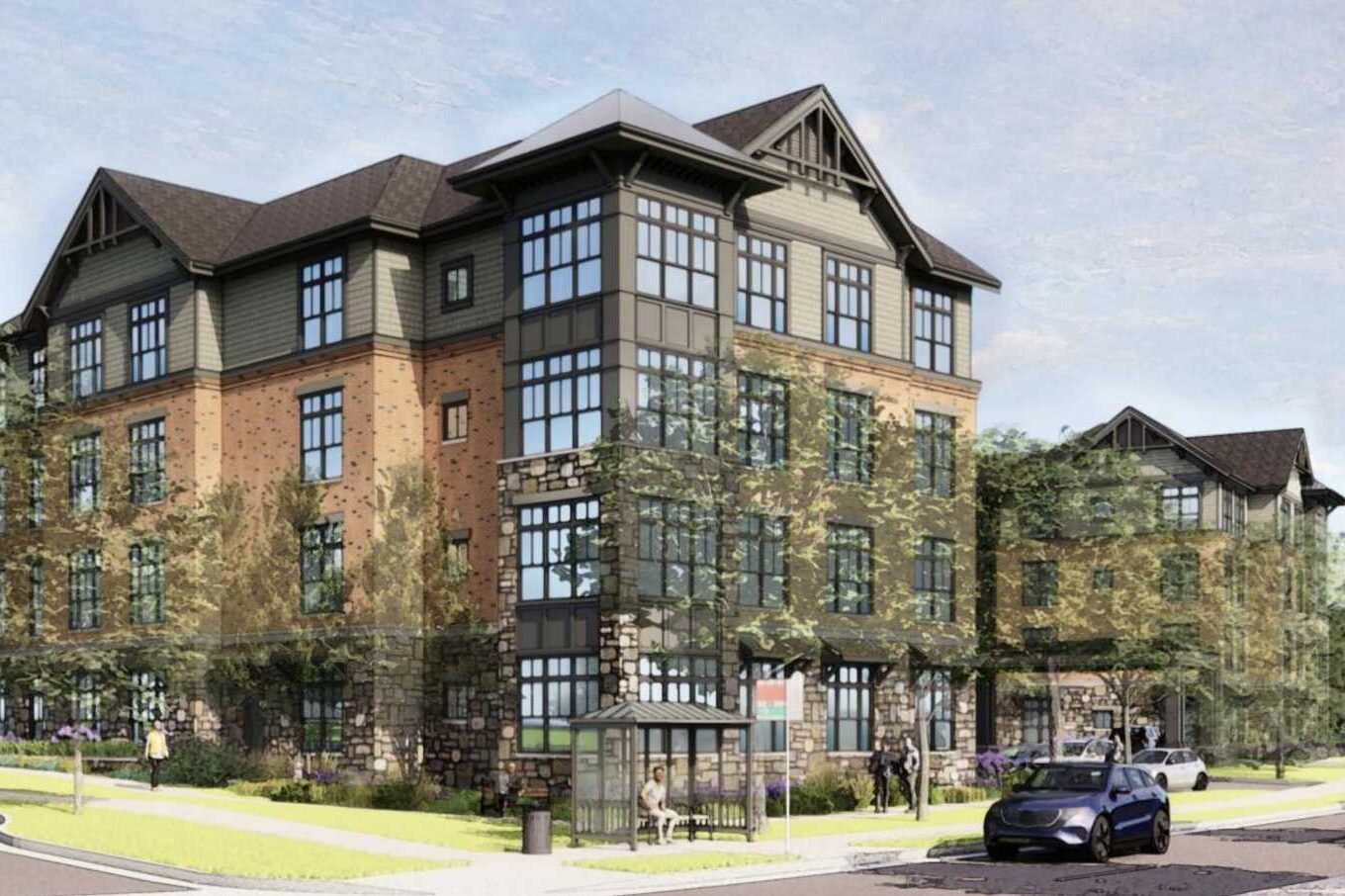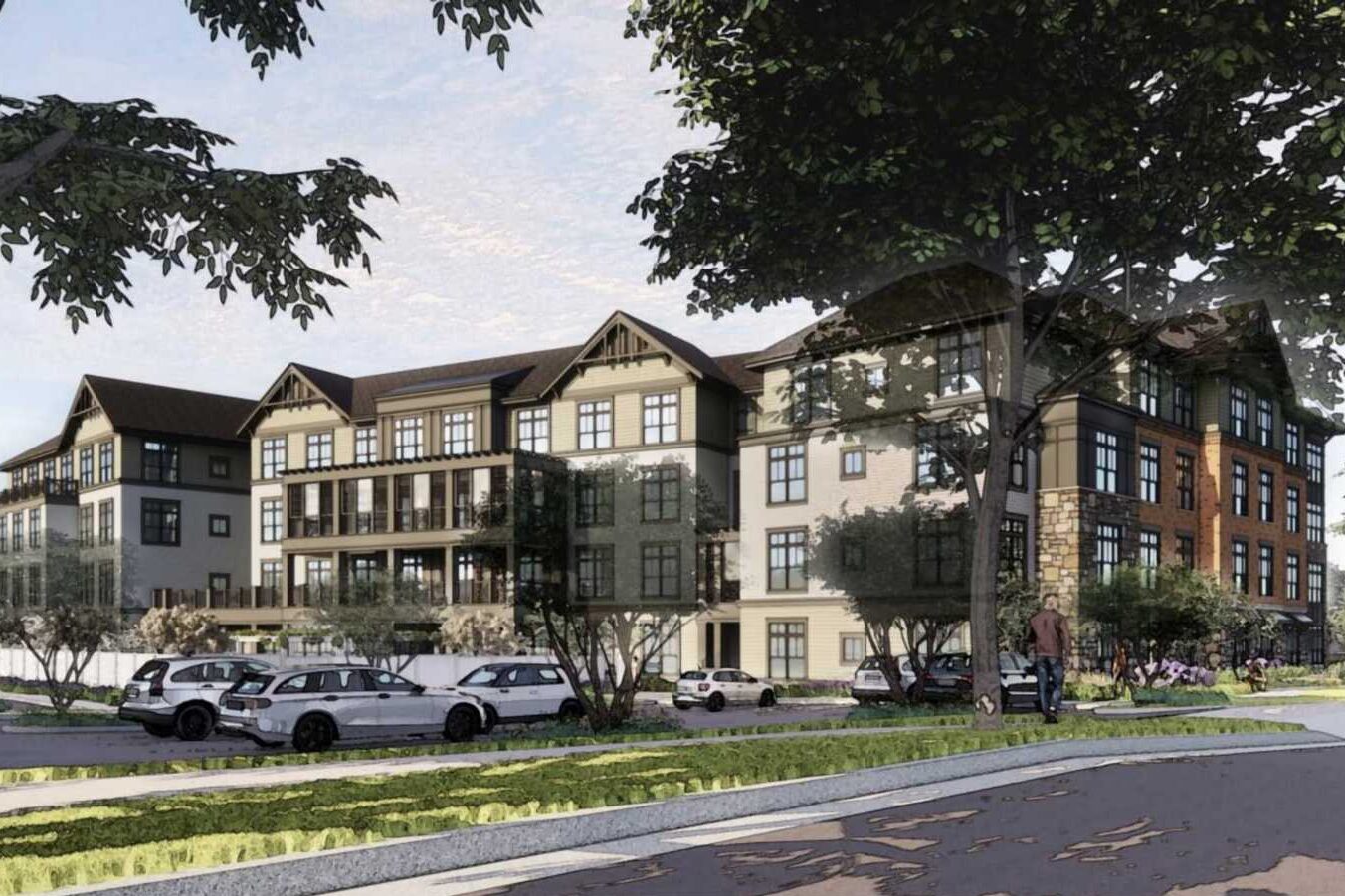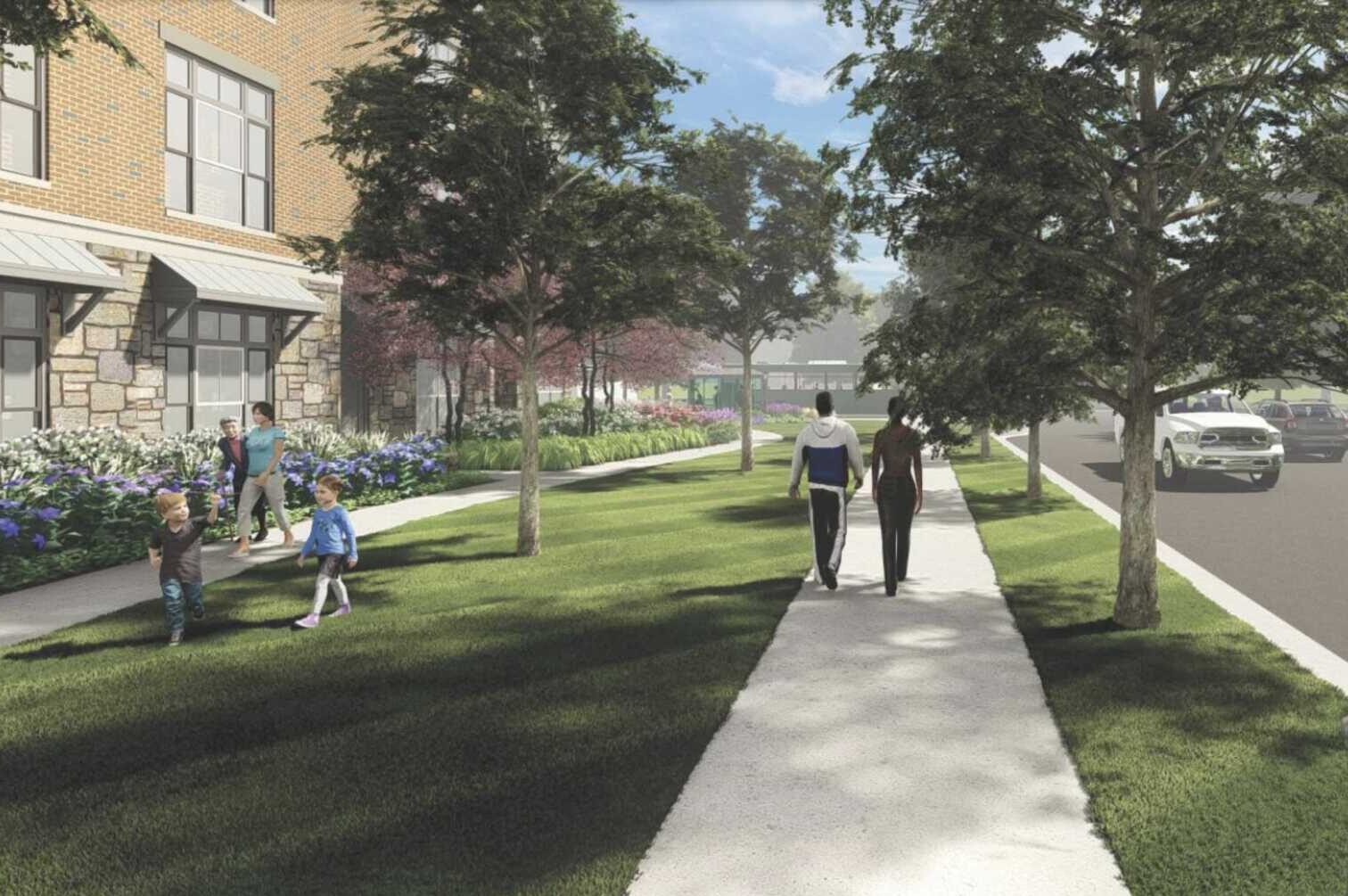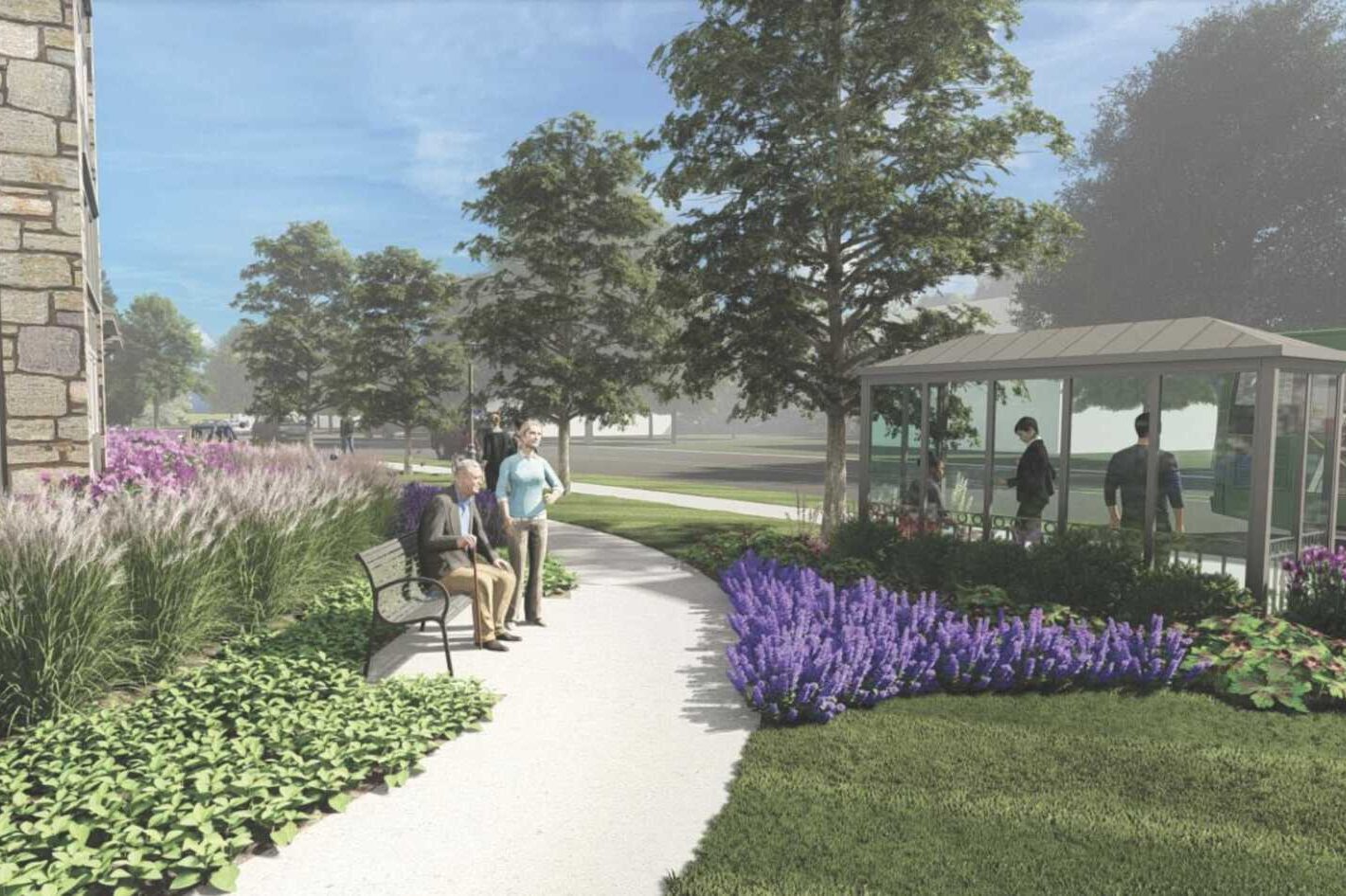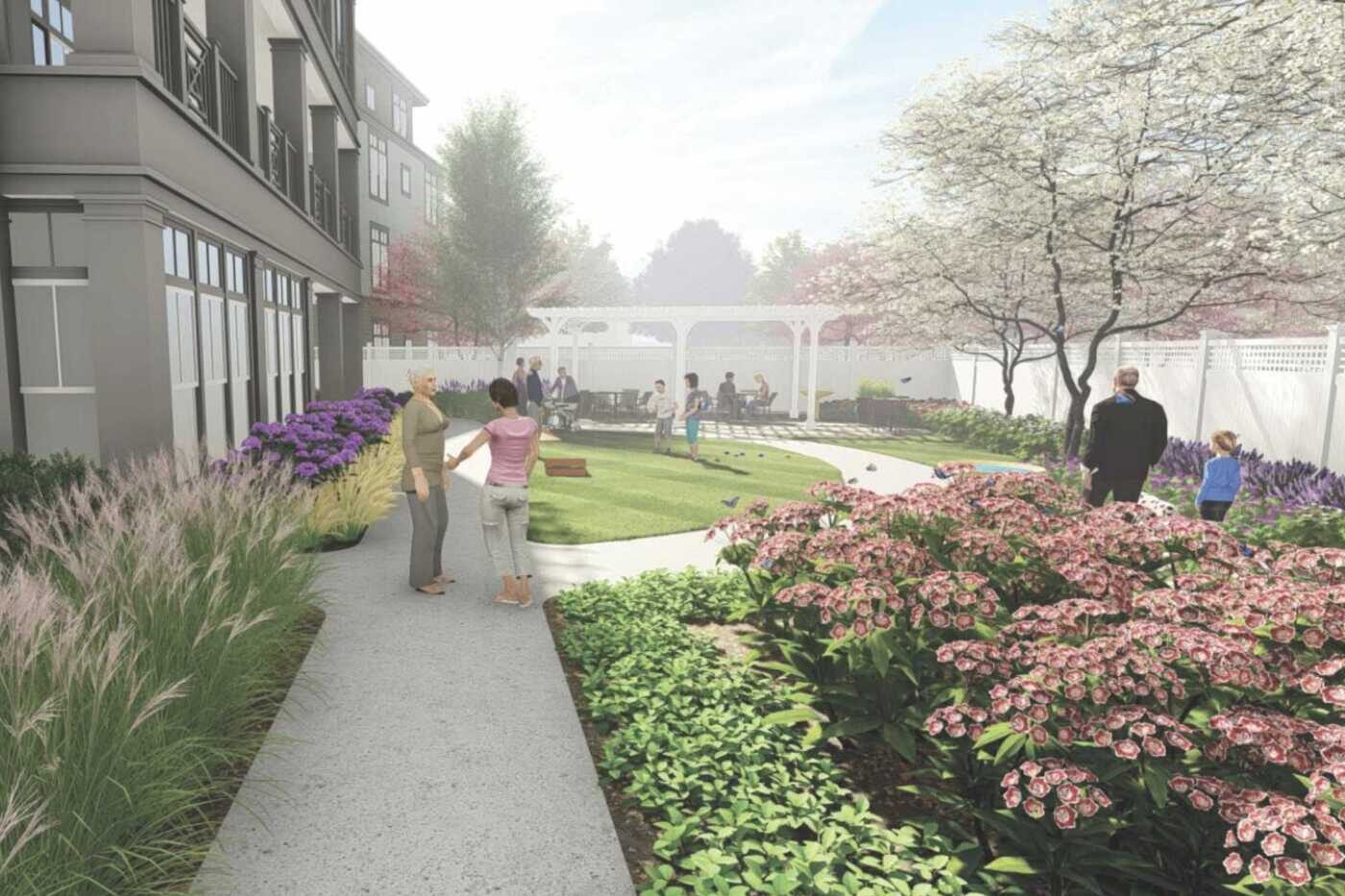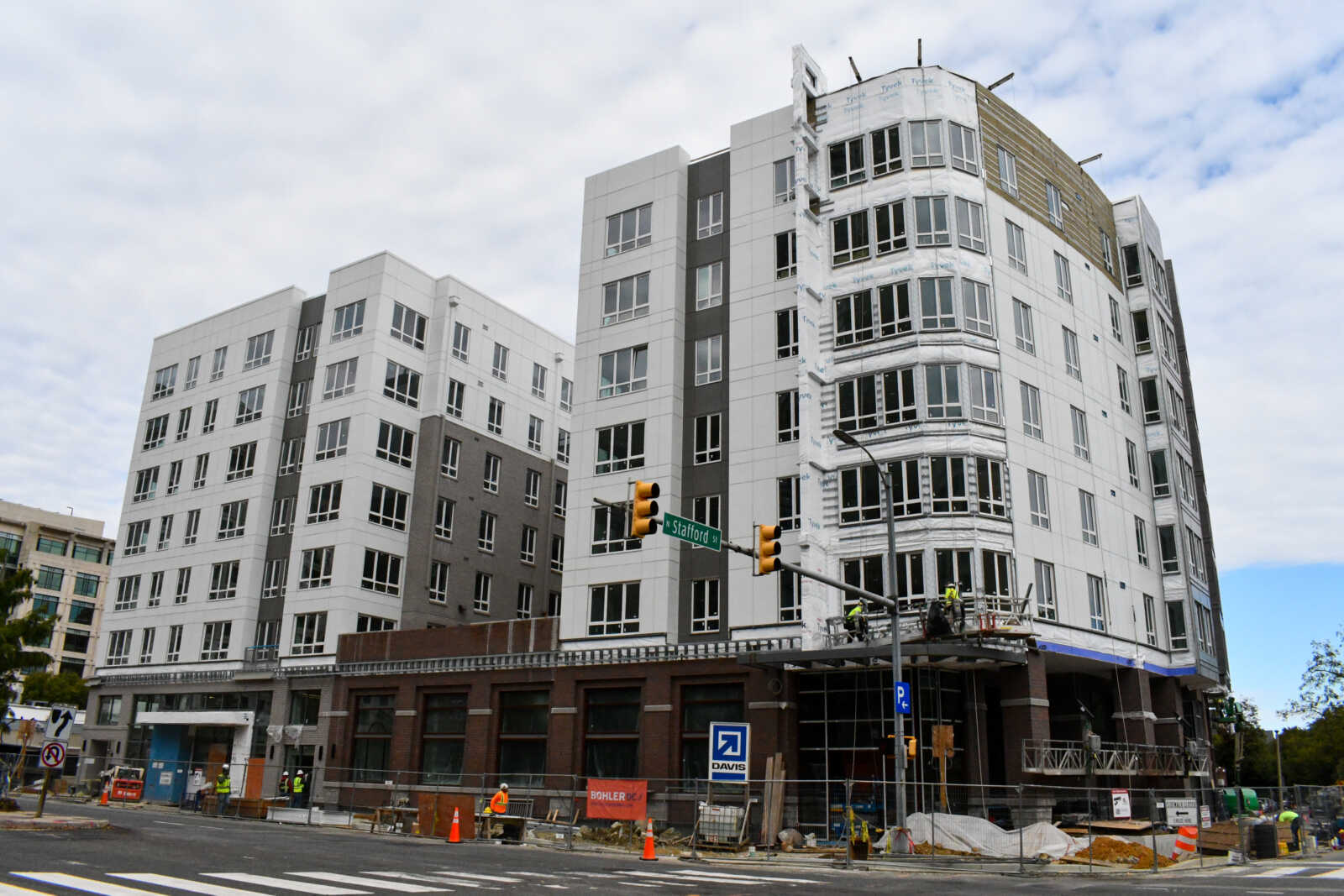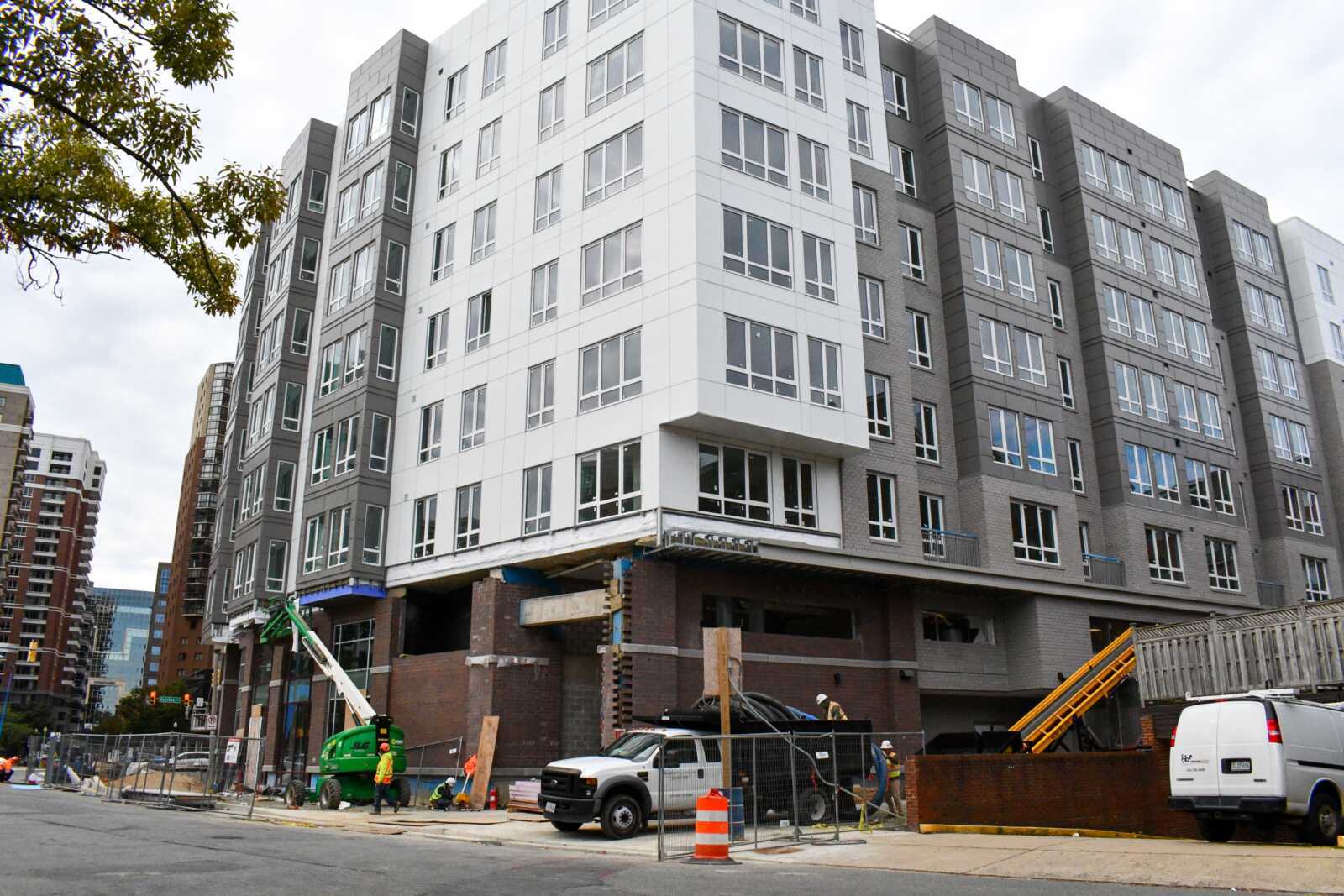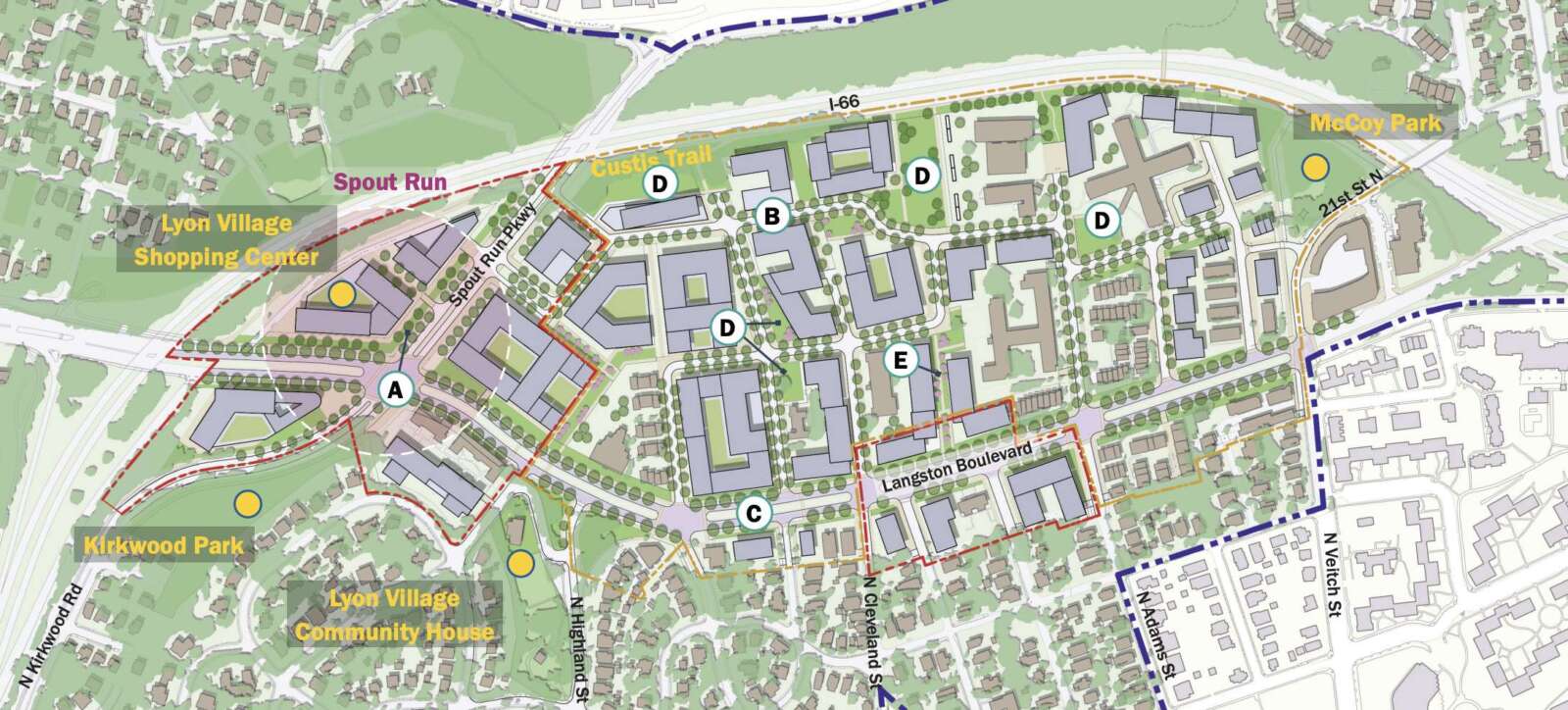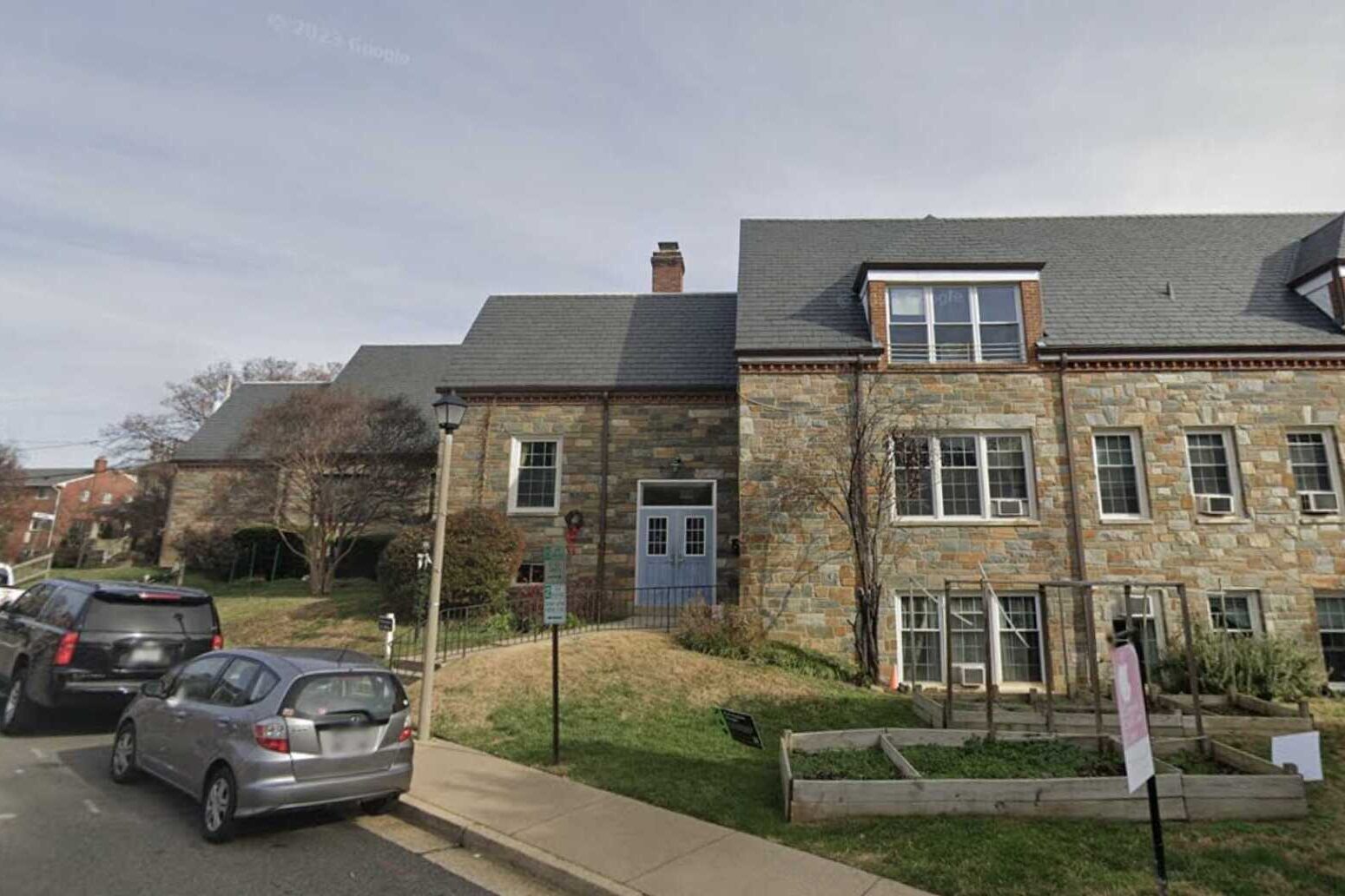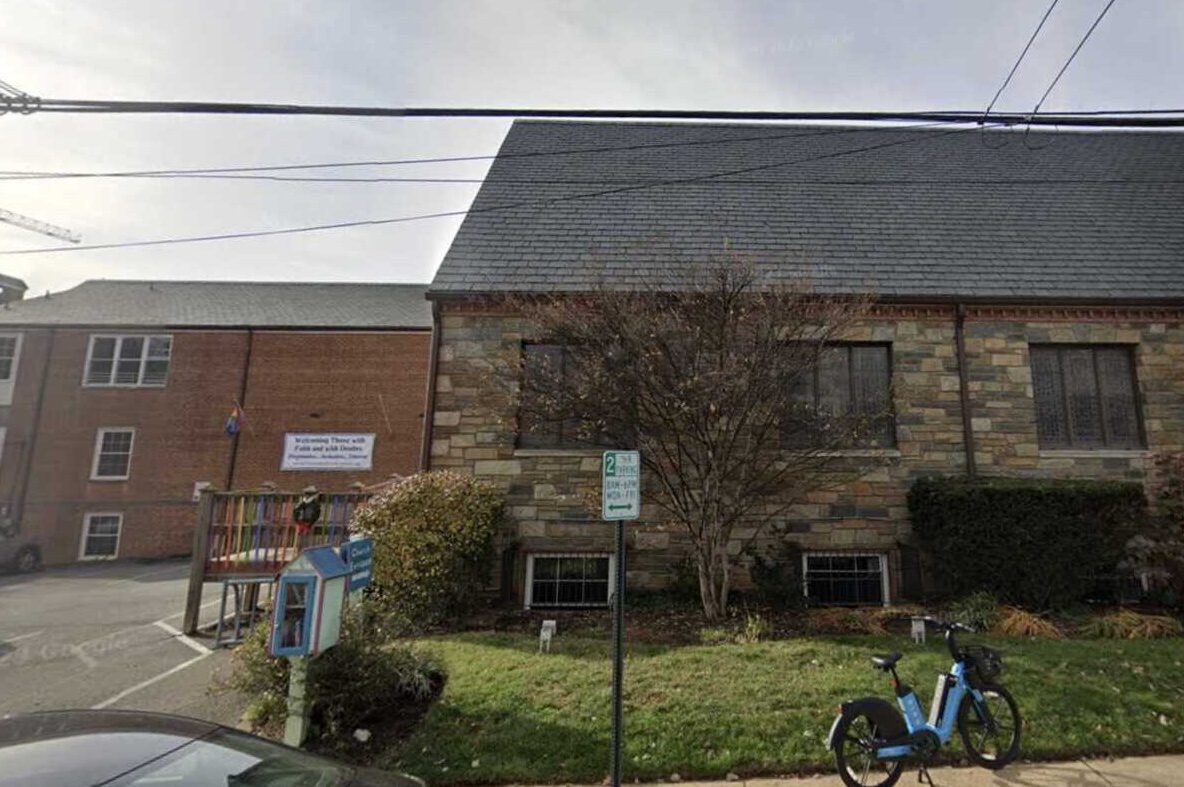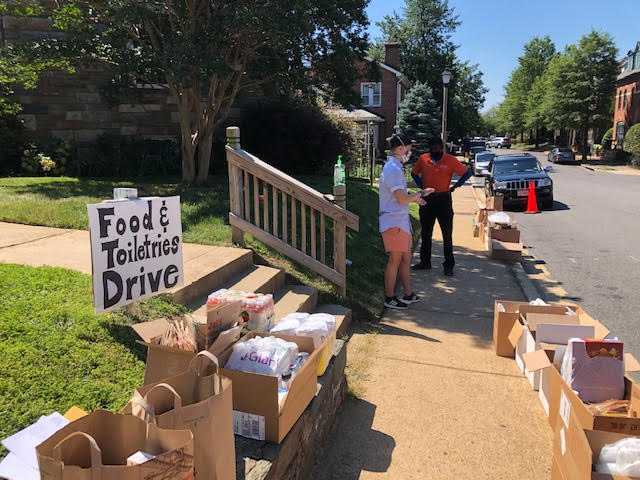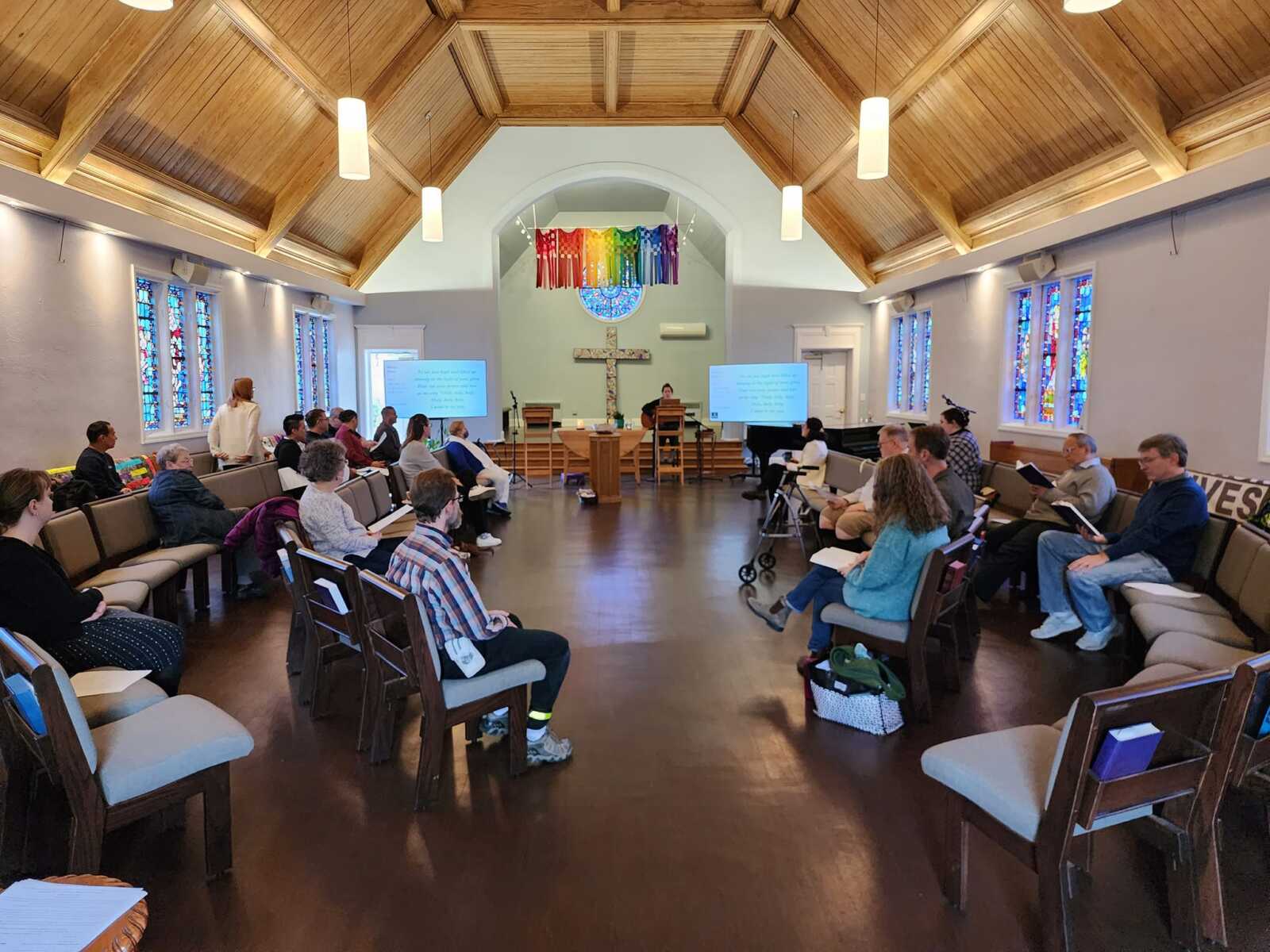It won’t ever beat “All I Want for Christmas is You” on the charts but a new Arlington-specific Christmas song is out, recorded by the group that was on the opposition side of several land-use flashpoints this year.
Arlingtonians for Our Sustainable Future, a neighborhood group that has advocated against everything from Missing Middle to a new planning document for Langston Blvd, dropped an alternative “12 Days of Christmas” this week.
It mocks the policy changes and projects Arlington County undertook this year — the same policies for which other local groups spent the past couple of years advocating.
The short song, brought to you by the same people who brought tombstones for the “Arlington Way” to the final Missing Middle hearing, reiterates criticism ASF raised regarding heights, environmental impacts, governance or displacement and other predicted outcomes of growth.
And the kicker? A tribute to the paused second phase of Amazon’s second headquarters in Pentagon City: PenPlace, best known for the proposed marquee glassy double-helix building.
The lyrics are below.
On the 12th day of Christmas, my true love gave to me:
12 story towers,
11 displaced tenants,
10 YIMBYs leaping,
Nine acres bulldozed,
Eight vacant buildings,
Seven cars a-swimming,
Six-plex a-zoning,
Five special GLUPs.
Four homeless birds,
Three lawsuits,
Two lame ducks,
and a PenPlace that never will be.
While this take on the “12 Days of Christmas” had a sardonic edge, the proverbial 10 YIMBYs leaping do see this year as one to celebrate, kicking off with the ratification of Arlington’s Missing Middle policies.
In late 2023, YIMBYs of Northern Virginia saw the fruits of their advocacy in the passage of similar zoning ordinances in Alexandria. In between, organization members were busy responding to engagement opportunities on development projects moving through Arlington County approval processes.
“We are proud to have joined with a diverse set of community advocates to end exclusionary zoning in Arlington and Alexandria, reduce burdensome parking mandates in Fairfax County, support new market-rate and committed affordable apartment buildings, and elect forward-looking leaders across the region who prioritize making their jurisdiction a more inclusive, sustainable, and affordable place to live,” the group said in a statement.
The group invited anyone who shares its “Yes in My Backyard” values to celebrate the New Year on Jan. 14, 2024 from 5-7 p.m. at Makers Union pub in Pentagon City.


